Supporting water management across NSW


positive culture
Digitising internal processes bolsters e ciency













Supporting water management across NSW


positive culture
Digitising internal processes bolsters e ciency












DIGITISATION
24 South East Water
BIOGAS
40 Hydroflux
COVER STORY
6 Kallipr and SigSense Getting a SigSense for non-urban water metering
INDUSTRY INSIGHT
10 Jo Palmer
Minister Jo Palmer’s insights on Tasmanian irrigation show how the state’s premium agriculture industry is driving change
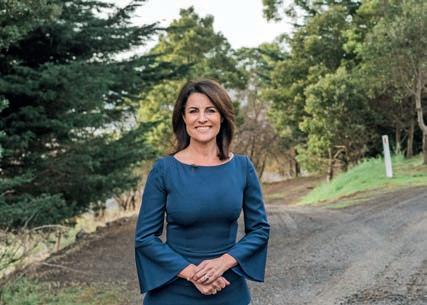
15 Jane Coram
CSIRO leader encouraging a positive culture for young and middle career researchers
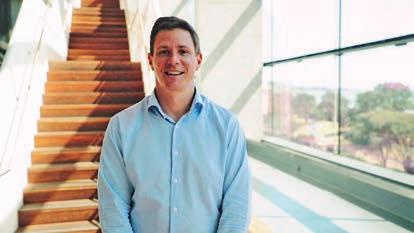
YOUNG PROFESSIONAL
18 Mariah Sampson
Riparian restoration of river changes the way we look at natural waterways
22 Interflow
Progress is in the pipeline
ASSOCIATIONS
50 VicWater
Transforming organisations enabled by technology
54 ASTT
Digging up for trenchless technology
LAST WORD
58 The Lighter Side of Water
People are key to digitisation, by enhancing the customer experience and optimising water network operations
26 Vega
Bluetooth makes sensor adjustment simple and easy as it has a growing impact in industrial sectors
28 SUEZ ANZ
Digitising internal processes improve operational efficiency by shifting paper forms online
30 Voeu
Digitisation powers and unlocks project value through management of costs and risks
32 ifm
The power of moneo in reducing energy use through its industrial IoT platform
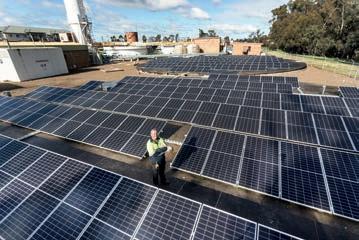
SMART WATER METERS
34 AMS Water Metering
Ultrasonic technology reshapes smart water meters, as the newly certified Qalcosonic W1 is ready for the Australian water market
37 Taggle Systems
Smart water metering makes resource management easier, with Southern Rural Water improving health and safety
Biogas from anaerobic digestion is to benefit Australia by capturing and using biomethane for a range of areas
EVENTS
44 kwik-ZIP
kwik-ZIP maintains its exhibition presence at WIOA Victoria, OzWater 23 and No Dig Down Under
PRODUCTS
46 Pulsar Measurement
Velocity flow meters monitor open irrigation channels with a range of devices
48 Powell Industrial
Powering on with Powell Industrial as a leading enterprise for integrated industrial and hydraulic hose and fittings packages
50 Pilot Air
Air compressors make waves in waterworks, as water treatment plants adjust to extreme weather events

As we approach the one-year anniversary of the first edition of Inside Water magazine, it strikes me how collaborative and supportive the water industry has been since we began this journey.
When I first started, I had to learn an awful lot extremely quickly. The people I have spoken to across the country have always been incredibly welcoming. I have learned so much from different people, companies, councils, and authoritative figures, and I hope that continues to be the case.
The digitisation of the water sector has been continuing at a rapid pace, with water authorities and local councils across the country experimenting and innovating. Companies like SigSense have partnered with larger device manufacturers like Kallipr to help with this transition. Even though most of Australia’s population lives in urban centres, it is critical that non-urban water users are properly metered and assessed for their water use.
Often when we look at the digitisation of the water industry, time is spent looking at customer-facing processes. Not enough time is spent looking at those internal processes that can improve operational efficiencies. It is people like Andrew Forster-Knight at South East Water and Megan Boardman at SUEZ, who work in different areas of their respective businesses. They’ve found ways to transform their areas of responsibility for the betterment of their companies.
We are thrilled to have the Tasmanian Minister for Primary Industries and Water, the Hon Jo Palmer, give us her time in this issue. She gave us her insights into Tasmania’s irrigation industry, how the Greater South East Irrigation Scheme is working to support better agricultural outcomes for Tasmania, and the intersection of innovation and environmental management. The presence of
Minister Palmer in our pages shows the interest of leading decision makers across the country in our publication. Similarly, speaking to Jane Coram from CSIRO was an enlightening experience. Her insight and knowledge were incredible to hear. She is an outstanding leader and role model for female scientists and early and midcareer scientists.
When we look at the continuing growth in smart water meters, there is considerable work in the field. Companies like AMS Water Metering and Taggle Systems continue to push the boundaries with what they are doing for their clients. It is also interesting to look at the issues facing urban and non-urban water users as they transition from traditional water meters to smart water meters for different purposes.
Our ongoing media partner VicWater connected me with Goulburn Valley Water and Tony Wulff. Tony provided a unique perspective on the challenges of the digitisation of a rural water authority, along with the opportunities for partnerships and collaboration. With the middle of the year approaching, I look forward towards the second half of the year and the upcoming issues. We have some incredible industry stories coming up, and I cannot wait for you to be a part of that journey.
Chief Executive Officer John Murphy john.murphy@primecreative.com.au

Chief Operating Officer Christine Clancy christine.clancy@primecreative.com.au
Group Managing Editor Sarah Baker sarah.baker@primecreative.com.au
Managing Editor Mike Wheeler mike.wheeler@primecreative.com.au
Editor Chris Edwards chris.edwards@primecreative.com.au
Design Daz Woolley/Tom Anderson
Head of Design Blake Storey blake.storey@primecreative.com.au
Design Production Manager Michelle Weston michelle.weston@primecreative.com.au
Brand Manager Chelsea Daniel chelsea.daniel@primecreative.com.au p: +61 425 699 878
Client Success Manager Glenn Delaney glenn.delaney@primecreative.com.au
Head Office Prime Creative Pty Ltd 379 Docklands Drive, Docklands, Victoria 3008 p: +61 3 9690 8766 f: +61 3 9682 0044 enquiries@primecreative.com.au www.insidewater.com.au
Subscriptions +61 3 9690 8766 subscriptions@primecreative.com.au
Inside Water is available by subscription from the publisher. The rights of refusal are reserved by the publisher
Articles
All articles submitted for publication become the property of the publisher. The Editor reserves the right to adjust any article to conform with the magazine format.
Copyright Inside Water is owned by Prime Creative Media and published by John Murphy.
All material in Inside Water is copyright and no part may be reproduced or copied in any form or by any means (graphic, electronic or mechanical including information and retrieval systems) without written permission of the publisher. The Editor welcomes contributions but reserves the right to accept or reject any material. While every effort has been made to ensure the accuracy of information, Prime Creative Media will not accept responsibility for errors or omissions or for any consequences arising from reliance on information published. The opinions expressed in Inside Water are not necessarily the opinions of, or endorsed by the publisher unless otherwise stated.

At Hydroflux, we strive to provide our customers the most practical, efficient, and commercially sound solutions that consistently perform.

Our extensive experience along with the product range and services we offer to our customers covers all the requirements for design or provision of sustainable water, wastewater, and bioenergy solutions, equipment, and services within the industrial and municipal treatment sectors.
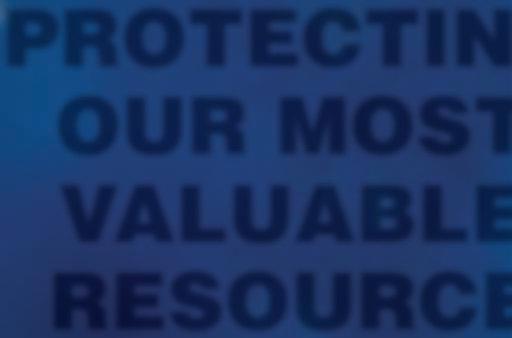
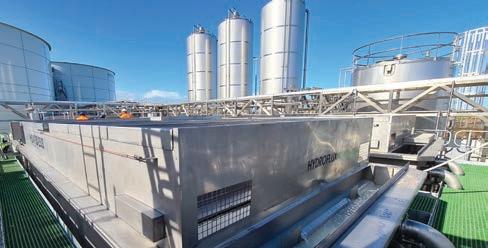

The NSW government created a new system to better manage non-urban water resources in NSW. Sigsense and Kallipr have joined forces to support this initiative to provide a cost-effective alternative for water licence holders to achieve regulatory compliance.
IN 2018, THE NSW government introduced new regulations and legislation requiring telemetry devices to be installed at water extraction points in rural areas. Telemetry allows the government and the landowners to better monitor and manage water usage. These legislative changes aimed to enhance transparency, improve compliance, support sustainable water management, and build public trust in managing water resources. But to achieve these outcomes, the framework required the market to innovate and provide telemetry that met the government’s requirements around data quality, security, and compliance with regulatory requirements – at a price that made sense.
This is where SigSense stepped in. SigSense provides pre-configured telemetry devices to authorised installers (DQPs, or Duly Qualified
People) and offers a range of services to help address the resourcing gap the project created and to ensure consistent quality in telemetry installations.
“The NSW non-urban framework is Australia’s first open market meter telemetry framework. For many installers, this was their first exposure to telemetry systems. SigSense sought to help installers, end users and even government officers address the complexity and associated quality risk of this nation’s first project,” said Ben Starr, Director of SigSense.
Starr believes that the partnership between Kallipr and SigSense showcases the solution for secure, reliable and cost-effective automatic meter readings.
“SigSense and Kallipr have been instrumental in changing how NSW monitors and manages its water consumption,” said Starr.
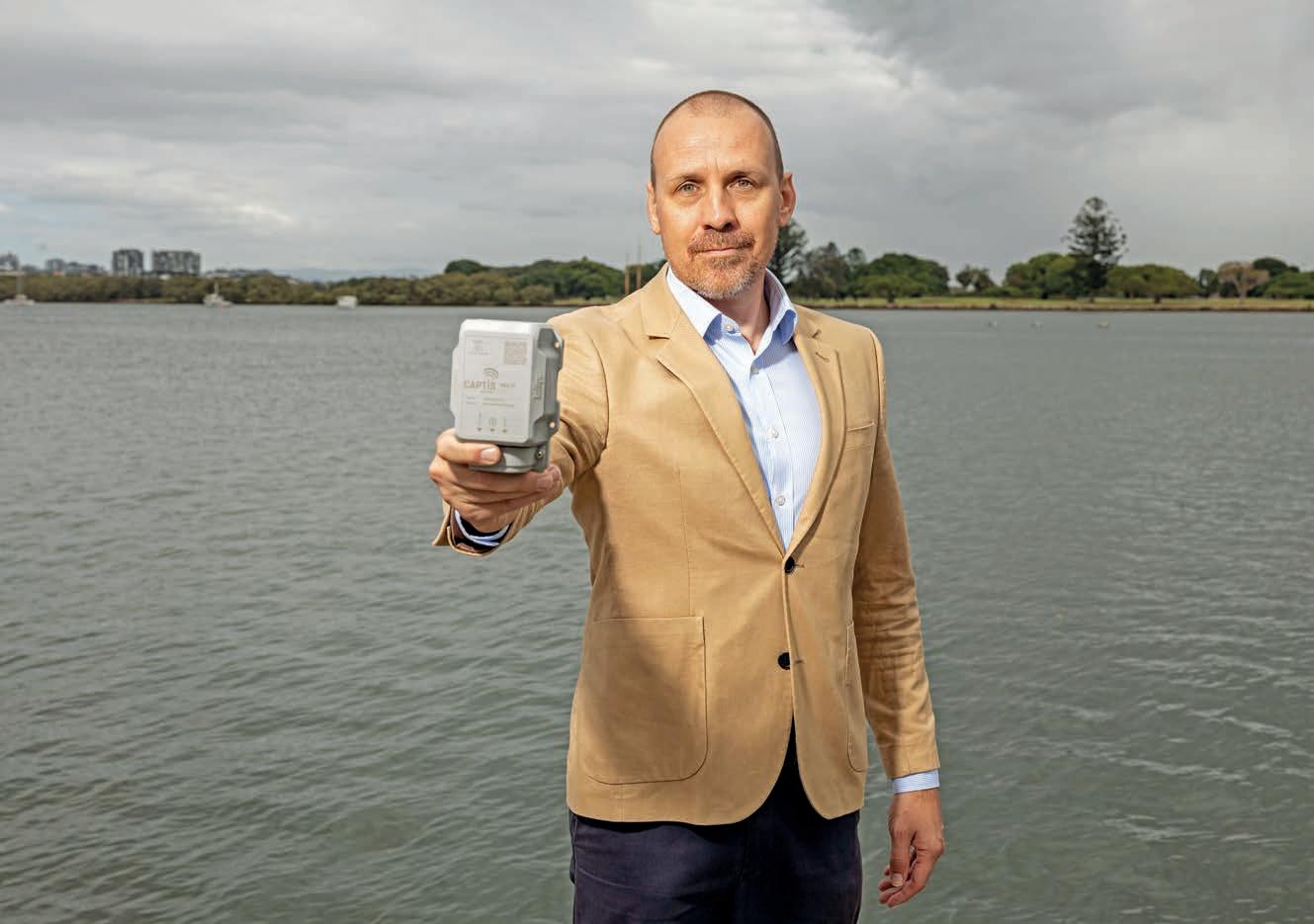
SigSense is the Kallipr authorised reseller of the Captis device for the NSW water metering market and emerging markets in other Australian states. SigSense focuses on making compliance simple, with close relationships with all meter manufacturers and installers nationwide.
What are the regulations introduced by Water NSW?
Water NSW and the NSW Government are committed to implementing a robust metering framework to improve the standard and coverage of non-urban water meters across NSW.
The changes in requirements for metering and telemetry were implemented by the gazetting of the Data Logging and Telemetry Specifications under the NSW Water Management Regulation 2018 and modifications of several sections of the Water Management Act 2000
As part of this project, the regulator requires all license holders to acquire compliant water meters that accurately measure water consumption, and to connect these meters to Local Intelligence Device (or LID), that records water usage on-site and transmits that data to
the government’s Data Acquisition System (DAS) for compliance and water accounting.
“These devices will make it easier and more accurate for water users to record their water take. It ensures greater fairness in how we share
water in NSW,” said Scott Mathieson, Senior Investigator for the NSW Natural Resources Access Regulator.

LIDs are subject to robust testing against the NSW government’s strict technical and functional requirements over months before
being accepted and listed as an approved solution. The patternapproved meters comply with AES 4747 and have been assessed by the National Measurement Institute of Australia as compliant.

“SigSense is solving part of the nonurban metering challenges in getting the data from the meters back to the government. We have 56 registered installers nationwide installing a planned 6400 telemetry devices over the next five years. I believe this is one of Australia’s largest rollouts of automatic meter readers for nonurban water,” said Starr.

To develop a solution that would meet the requirements of the NSW Government, SigSense worked to understand the needs of the government.
“Once we knew what the government required, we needed to find the right device,” said Starr.
“We knew that as landholders were purchasing the devices almost exclusively to satisfy a regulatory requirement, low pricing would be important. We also realised that the installer network of DQPs had limited experience in telemetry and system
integration. That meant a system that allowed us to configure and support our installer network remotely would be critical.”
“Pricing had to consider total cost, which means simplicity for installations and long operational life in the field.”
“We found the Captis device, developed by Kallipr for urban metering applications, to be ideally suited for non-urban use. Unlike traditional scientific data loggers, the Captis is designed for large-scale deployment, with tens of thousands of units per project. That drives down costs and enables easy installation. This mass production creates economies of scale, making it a more affordable solution for regulatory markets.”
The Captis devices leverage IoT technology, making it a suitable, cost-effective solution operating in areas with minimal connectivity. Telstra’s NB-IoT coverage across NSW means that the devices can service almost every meter in the state.
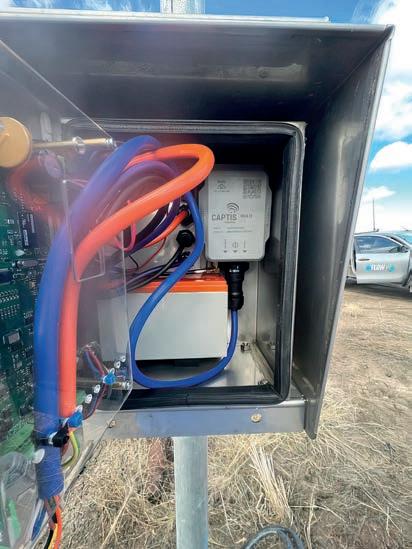
The Captis devices are low-cost, easy to use and can be configured remotely for DQP installers. They use wireless communication capabilities to ensure connection in remote areas and are flexible. It provides seamless integration with all patternapproved meters, making it easier to scale as the program expands.
Starr talked about a few minor modifications that needed to take
place to the existing Captis devices, such as increasing the onboard storage capacity to accommodate five years of data and adding eyelets to receive tamper-evident seals to meet the requirements of the regulator. Kallipr accommodated these changes to support the NSW non-urban metering framework.
Sigsense has supplied over 4,600 Captis devices which have been installed across 800,000 square kilometres of land, and the solution has gained certification as an
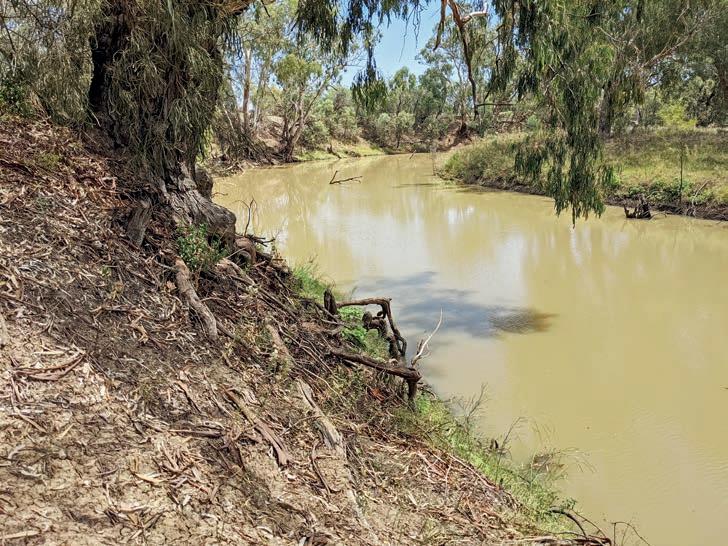
approved LID is the supplier of choice for WaterNSW for the 2600 government-owned meters.
What has been learned? What can be applied in the future?
With any non-urban metering project utilising an open market approach, the biggest challenge is the vast number of options available to users and the complexity this introduces to the government in administering the framework.
Consider an urban water metering initiative. The utility will purchase and install meters and telemetry devices at each endpoint and recover installation and maintenance costs with an annual service charge. In this scenario, hardware will be installed by the utility’s contractor, allowing work to be programmed, going door to door to install devices. This installation method is significantly more efficient than the ad-hoc basis required in an open-market approach.
“It’s conceivable in the current open market model that two separate DQPs make a 10-hour return trip to install two LIDs on neighbouring blocks, said Starr. “If installed on a roll-out basis, this would be a 50 per cent reduction in install time (and cost).”
This is why the open market model is so significantly different from the traditional models faced by urban water utilities.
“In an open market model, landholders may choose from one of seven telemetry devices and connect these to one of fifteen meters. They can then use one of the eighty approved installers, transmitting over one of four different data transport methods over three cellular telemetry bands. We’re dealing with over 100,000 combinations and permutations,” he said.
Part of the value that SigSense provides is managing the quality risk for our DQPs and end-customers dealing with this system’s complexity. Starr said SigSense does this in various ways.
“We document the installation method for each Pattern-approved meter to achieve standardisation of installation method. During this process, we identified some errors with the meter vendor’s documentation which have since been remedied. We’ve removed the need for DQPs to be intimately familiar with the configuration of devices, instead offering this as a service so the Captis can be plugand-play when they arrive at the site. Despite this, each authorised Captis installer undergoes mandatory device training,” he said.
SigSense also assists with telemetry design, NB-IoT signal strength modelling, and installation site recommendations. It provides advice on the optimal antennae type for each location and the best elevation and azimuth angle for directional antennae.
“We also assist our DQP clients with navigating the administrative processes of the government,” said Starr. “We have DQPs on staff who have undergone the Irrigation Australia Certified Meter Installer training, so we’re up to speed with requirements.”
Bringing people on the journey
It’s not just the NSW government that benefits from installing Captis water meters. The farmers and other non-urban water users are reaping the rewards of their actions.

“I think that when we look at the entire program holistically, it fosters a more equitable and efficient management system. The framework ensures that all water users are held accountable for their water usage. That builds trust among stakeholders and demonstrates that compliant farmers are operating within their allocated limits. It also allows the government to recognise those farmers who have been using water efficiently and sustainably. This could lead to additional incentives or benefits, explicit or otherwise,” said Starr.
Part of achieving that outcome has been working with non-urban water users. A study out of Monash University indicated that nearly two in three non-urban water users supported metering and telemetry. Respondents said that they understood it was needed to manage compliance action.
“This data is detecting nonconformance, so it is working, and it should build public trust,” he said. “I would expect that public trust will continue to build over time as we see illegal water use detected and, ideally, stopped.”
There has been much interest in the NSW scheme from other states. Starr is collaborating with other state government departments across Australia to implement their own non-urban metering frameworks, leveraging the lessons learnt from the NSW rollout.
“There are regions in Australia where landholders with water licenses only self-report usage once or twice a year,” he said. “This is very different from urban areas, where being metered for our meagre water use at our house and being billed for consumption by the litre has been normalised.”
Starr pointed out that measuring water extracted for irrigation and accounting for water usage against licenses is a critical element of water management that is an issue of national importance.
“I can envisage that every pump extracting water from groundwater or surface water will be metered over the next decade. That consumption will be transmitted. In this way, the non-urban water market will catch up to the state of play with every family in Australia.”
For more information, visit www.sigsense.com.au/ and kallipr.com/
management of water entitlement and licenses is a key focus of government.
Irrigation has been vital to developing Tasmania’s premium agriculture industry. Tasmanian Minister for Primary Industries and Water, Jo Palmer, provided her thoughts on its importance to Tasmania.
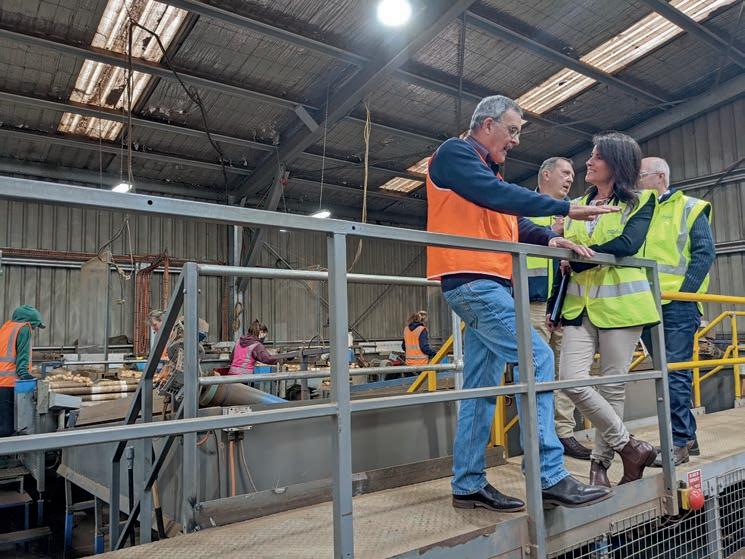
JO PALMER HAS been the Member of the Tasmanian Legislative Council for Rosevears since August 2020. Her rise into cabinet has been rapid, having been the Minister for Primary Industries and Water, the Minister for Disability Services, the Minister for the Prevention of Family Violence, and the Minister for Women since April 2022.
Originally from Christchurch in New Zealand, Palmer grew up in Trevallyn, Launceston, near the banks of the River Tamar since she was six years old. Her profession saw her as a trusted voice in the media, with a 20-year career as a journalist and newsreader for 7 Tasmania.
With such an established profile in Tasmania, a movement into politics made sense, and Palmer was elected in a tight battle in 2020, and is due for re-election in 2026. The electorate of Rosevears is diverse, and she understands the importance of it to Tasmania’s premium agriculture industry.
Since Tasmanian Irrigation was established in 2011, the company has managed inherited assets. These assets include dams, irrigation schemes and river work. Tasmanian Irrigation has also constructed 15 new irrigation projects, with one in construction and advanced planning on five more projects.
Results from surveys undertaken by the company on five of the ten Tranche One schemes have demonstrated that essential community benefits accrue after
commissioning the irrigation schemes. Those benefits include the increased ability for farming enterprises to diversify their business activities, increase their profits and margins, keep people working in the regions, maintain community and rural services, and improve community well-being.
From Palmer’s point of view, having irrigation water has been vital for giving landowners the confidence to invest, expand, diversify, and employ more people.
“Across Tasmania, there are so many examples of farmers who have diversified from traditional grazing to high-value horticultural crops,” she
said. “This was after being allowed to access water from one of Tasmanian Irrigation’s 18 operational schemes around Tasmania.”
The Tasmanian Government recognises the importance of having access to high-surety irrigation water. That is why Palmer and Tasmanian Irrigation (TI) is committed to continuing to work with the Australian Government and landowners to build additional schemes as part of the unique public-private funding model.
“We’ve also set an ambitious target, as a government, to increase the farmgate value of Tasmania’s agricultural industries to $10 billion a year by 2050. Irrigation has, and will continue to play, a pivotal role in enabling this target to be met.
Tasmanian Irrigation now delivers reliable and fit-for-purpose water to almost 1000 farmers around the state,” said Palmer.
Tranche Three is a set of 10 irrigation projects being developed by TI. It includes the underconstruction Don Irrigation Scheme. The water from this scheme will enable farmers to invest confidently to produce a range of high-value crops. This includes wine grapes, berries, leafy greens, and vegetables. Farmers can also undertake grain and other cropping, expand dairy herds and finish livestock.
“The expansion of irrigation across Tasmania is seeing the development of new industries across the state. There has been an expansion of berry, wine grape and horticulture production and commencement of hemp, carrot, grass, and other seed crops,” said Palmer.
She pointed to the importance of providing access to high-surety water, as it has given Tasmanian farmers the confidence to grow their businesses and contribute towards the Government’s ambitious target to increase the farmgate value of the State’s agricultural industries.

“We’ve also seen increased
investment in on-farm irrigation infrastructure,” she said. “This irrigation water also means traditional sectors such as horticulture, grains, poppies, vegetables and dairy can be sustained and grown.”
What makes Tasmania unique in terms of its water use and irrigation?
In the eyes of Palmer, Tasmania is the envy of the nation when it comes to access to water resources. It is also committed to innovation and developing irrigation infrastructure.
“In Tasmania, we are building irrigation schemes with a 95 per cent surety of supply,” she said.
“That has been modelled around climate change and is built to last 100 years without impacting our terrestrial or aquatic environments. Our innovative approach is centred around the State Governmentowned entity Tasmanian Irrigation. It is our vehicle to manage the sustainable development of irrigation schemes across the state.”
TI is not the only body responsible for water in Tasmania. Under TI CEO Andrew Kneebone, landowners through the dry southeast have worked with Tasmanian Irrigation to find a new water source.
“The existing South East Irrigation Schemes Stages One, Two and Three were opened in 1986, 1992 and 2015, respectively,” he said. “As landowners increasingly realised the value of high-surety irrigation water, demand grew for additional water and a new water source. Water for South East Stages Two and Three had been sourced from TasWater, which is not viable for future years.”
As a result, TI has been working with farmers in this region to determine the best possible solution to secure an alternate, reliable, and costeffective water source to provide additional irrigation water to existing and new irrigators. The scheme has also sought to interconnect all three schemes and standardise entitlement contracts for landowners.
“We are now assessing the applications for water entitlements. As a state-owned company, Tasmanian Irrigation looks forward to working with irrigator communities across this vast region to continue to develop this important project and prepare a business case and funding justification,” said Kneebone.
Innovation at the heart of Tasmanian Irrigation
With more than $1 billion of irrigation investment planned for the coming years, there is no doubt that Tasmanian farmers are committed to innovation, technology, and investment to optimise this irrigation water.
“After constructing 15 new schemes, Tasmanian Irrigation has ensured that learnings from each project are incorporated into future builds,” said Palmer. “A great example of this is Tasmanian Irrigation’s new
design partnership with GHD, Pinion Advisory and Blue Tier Consulting to strengthen the design and delivery component of Tranche Three projects. This approach aims to reduce duplication, enhance crossscheme learning, simplify procedures and provide more certainty to contractors. Design specifications have been standardised for engineering, hydraulics, electrical plans, pumps, pipelines, and dams, leading to a more consistent system control and data acquisition, and assisting with water delivery and asset management operations.”
It’s not just about physical infrastructure. There is a focus on having the right climate modelling and digital infrastructure to understand what might be happening and what could affect Tasmania. Having lived in Tasmania for most of her life, Palmer understands how vital it is to be a leader in this field.
“Tasmania’s nation-leading climate modelling has already been built into the design of every scheme built or developed by Tasmanian Irrigation. Climate change is a key risk and opportunity for Tasmanian Irrigation. In designing new schemes and determining the reliability of the water supply, a conservative approach is taken when considering the potential impacts of climate change,” she said.
The impacts of severe weather events are also considered when designing the schemes and associated infrastructure. Updating and improving the climate science that informs water allocation is ongoing.
“The Department of Natural Resources and Environment Tasmania is undertaking a Federal and State Government-funded project to provide the best pathway forward and improve understanding of the future climate impacts on irrigation schemes,” said Palmer.
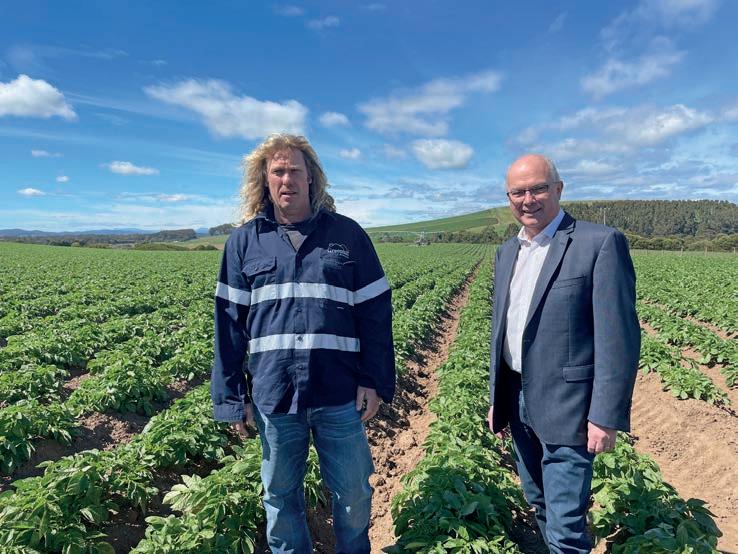
Managing environmental issues
Palmer is cognisant of the challenges associated with balancing a premium agricultural industry with the environment’s needs. Under her watch, Tasmanian Irrigation has implemented various procedures to ensure all activities meet statutory environmental requirements. Those activities are also conducted in an environmentally responsible manner.
Kneebone also pointed to the extensive monitoring and reporting programs Tasmanian Irrigation runs.
“Tasmanian Irrigation once again reported in 2021/22 that there were no discernible impacts from its operations across all monitoring programs, and no incidents of environmental harm were recorded,” he said. “Tasmanian Irrigation also works with all irrigators to develop Farm Water Access Plans
We’ve also set an ambitious target to increase the farmgate value of Tasmania’s agricultural industries to $10 billion a year by 2050.
(Farm WAPs). They are propertyspecific documents that guide the sustainable application of Tasmanian Irrigation water and assist with the long-term viability of land for agricultural production.”
A Farm Water Access Plan (Farm WAP) is a property-specific document that guides the sustainable application of TI water. Farm WAPs assist with the longterm viability of land for agricultural production. It identifies where TI water will be applied and details actions to manage potential risks, ensuring that water is only used for irrigable land.
“Each plan identifies relevant management practices to ensure the long-term sustainability of irrigation application and manage the environmental values and risks (soil, water and biodiversity) associated with irrigation on and near the property, as well as highlighting other key guidelines, regulations and codes of practice that exist across Tasmania,” said Kneebone.
Tasmania must have a lot of sunlight to operate a high-value farmgate agriculture industry. As such, installing solar arrays at 12 TI pump stations around the state seems like a no-brainer.
“The Tasmanian Government has put $2.5 million into the Energy on Farms Solar Project. These installations are expected to deliver direct savings to farmers by offsetting electricity usage at pump stations and generating surplus power to be fed back into the grid. Farmers will save up to $5 per megalitre. This is great news and another example of Tasmanian Irrigation’s commitment to delivering high-surety irrigation water as efficiently and costeffectively as possible,” said Palmer.
Landholders across Tasmania are working with TI to install solar arrays at various locations. Construction will commence in May 2023, intending to complete construction by the end of the year.
The Tasmanian government is also working with TI to enable it to supply bulk raw water to the Tasmanian Green Hydrogen Hub at Bell Bay using the proposed Tamar Irrigation Scheme. Common-use water infrastructure will ensure a sustainable and cost-effective water supply. Importantly, any water supply to a green hydrogen producer will be sourced from the existing Hydro Tasmania water allocation to ensure
no additional pressures are placed on Tasmania’s water supplies.
“It will support the Tasmanian Renewable Hydrogen Action Plan, which sets the ambitious goal of transforming Tasmania into a globally significant exporter of green hydrogen from 2030,” said Palmer.
“This proposal has the in-principle support of the Tasmanian Farmers and Graziers Association. It will help secure the prospects for the proposed Tamar Irrigation Scheme to benefit both irrigators and green hydrogen producers.”

For more information, visit www.tasmanianirrigation.com.au



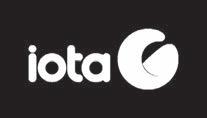

The Commonwealth Scientific and Industrial Research Organisation (CSIRO) has long been a jewel in the crown of Australia’s scientific progress.

THE FORMER DIRECTOR of the Land and Water Business Unit, Jane Coram, is an experienced organisational leader with a 30-year career in environmental sciences. She is passionate about helping people and organisations solve complex and intractable problems, including building positive work cultures.

“When people think of CSIRO, they might think about products like Aerogard, the permanent pleat in fabrics, polymer banknotes, or Wi-Fi technology. Others may consider its research in vast scientific fields, including space, agriculture, energy, and the environment. But CSIRO is also uniquely positioned as the national science agency to tackle big, multifaceted issues like climate change, where no single discipline or sector can solve them. CSIRO is vital in partnering, collaborating, and helping Australia understand
the challenges and respond constructively,” said Coram.
What got her interested in the earth sciences?
As a child, Coram was always fascinated by the massive question of “Where did we come from?” She was intrigued by earth and planetary processes, and how they shaped the environment and human civilisation. But that fascination did not lead to an immediate decision to pursue an earth sciences career.
“As a student, I was tantalised by many potential science fields and career paths. Among other things, I explored earth and geological sciences,” she said. “I didn’t see it as a career at the time. Later, I realised I could build on my formal education to help understand and contribute to environmental management.”
One thing that Coram believes as she has moved through her career
is that the rigours of the scientific process are vital to understanding complex environmental issues, as are having integrated biophysical, social and economic analyses. Excellent communication and engagement skills are also critical to ensuring that science has an impact and can contribute to tractable solutions. Coram’s belief underpins her commitment to applying an interdisciplinary approach to environmental challenges, borne from her involvement in many nationally controversial water-related issues.
Coalition of pathways between CSIRO and the water industry CSIRO has been working on water security for many years, and Coram hopes that their work is well regarded by the water industry.
“Looking forward, I would say that we can contribute a great deal to the water industry through our work in combining biophysical modelling with social and economic insights”, she said. “We want to do that in partnership and collaboration with the water industry, building on our
historical strengths with innovative digital approaches to remotely observing and predicting future challenges”.
“I think it’s pretty clear that the future is going to look different, and I don’t think there is much doubt that it’s going to be more challenging for water management in many ways,” said Coram. “However, different and more challenging does not necessarily have to mean bad. It could be the catalyst for finding better ways of managing water for people and the environment than we are doing right now, despite the enormity of climate change impacts.”
As a woman in the physical sciences, Coram understands the challenges of attracting and retaining women in STEM careers. Her interests include strategy and organisational leadership while facilitating the development of emerging talent and leaders, especially from underrepresented diversity groups.
“As a senior STEM leader, one of my ambitions is to help create workplace cultures that inspire and support everyone to contribute and flourish,”
she said. “And I think workplace cultures have improved dramatically since the early stages of my career, as have expectations around a robust organisation and good organisational behaviour.”
She pointed out that many organisations have adopted codes of conduct and devised behavioural expectations that encourage contributions from everyone, regardless of gender, race, sexual orientation, or creed.
“I’m optimistic that things will continue to improve in the coming decades as we have more conspicuous and influential female leaders,” she said. “However, I also encourage women to believe they have an important contribution to make to the water sector. It can be an amazing career. But they need to back themselves, take chances and seize opportunities – believe in the influence they already have and the contribution they can make.”
researchers studying waterbirds in the Murray Darling Basin.

sector, it still remains maledominated, particularly at senior leadership levels. Coram mused that the careers of capable women can still be adversely affected by unconscious bias and the absence of deliberate organisational processes to support diversity.

“There is scope for improvement. There are plenty of amazing women working in the water sector, and making opportunities for them to be visible role models for other women is important,” she said. “Showcasing what they are doing and celebrating the diversity of styles, thinking, and achievements of women and other diversity groups in the water sector will make a real difference.”
women thrive in the water sector
While Coram has seen progress in identifying factors that hinder women from thriving in the water
One area that Coram thinks is critical is mentoring. In her eyes, one of the impediments to women thriving in any career is their own self-limitation and unwillingness to take chances or back themselves.
“Mentoring can help overcome these personal barriers,” she said. “I do my best to be available as a mentor, and I’ve had some fantastic
mentoring experiences where I have learned as much as the person I’ve mentored. But like other male-dominated fields, one of the challenges for female leaders in the water sector is that the demand on us for mentoring is incredibly high, and there are only so many of us available.”
With that in mind, Coram has had to consider more creative ways to share her experiences. She is in no doubt that sharing challenges and lessons learnt is vital to supporting women in the industry.
“I’m very aware that in my position, I’m a role model for female scientists
and early and mid-career scientists. As a woman, I have to be authentic in demonstrating that it is possible to have a thriving and rewarding career in STEM,” she said.
Reflecting on her professional experiences in several science organisations, Coram believes it is essential to try and give people from every diversity group the opportunity to have visibility and speak in formal engagements for CSIRO.


“It’s that visibility and seeing the diversity that is very important for role modelling. So I encourage everyone to back themselves and be visible role models and
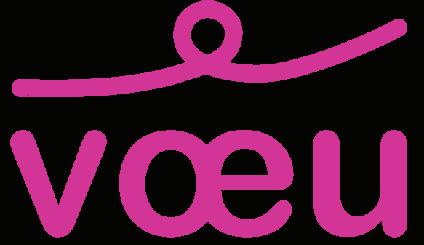
Coram is committed to supporting young and mid-career researchers as they grow into their roles.
active contributors to shaping organisational cultures where everyone can thrive. If we can get that right, we’re going to be far better placed to respond to the water-related challenges of climate change.”
For more information, visit csiro.au.

The Upper East Barwon River is a vital waterway for Geelong and its surroundings. PhD candidate Mariah Sampson has been studying its riparian environment, and the impact of removing willows and restoration works on streams in the area.
MANY YEARS AGO, willows were historically planted along waterways across Victoria for erosion control and aesthetic purposes. However, the spread of willows has been found to degrade rivers and riparian lands.

Barwon Water worked with Deakin University and Water Research Australia to assess the effectiveness of riparian restoration, with a focus on willow removal from a 3.5-kilometre stretch of the Upper East Barwon River. Mariah Sampson is a PhD candidate working with landholders and stakeholders to undertake this assessment.
Sampson is from regional southeast Queensland. She grew up during the millennium drought, where her family relied on tank water.
“I think that gave me an appreciation for how important water was. However, it wasn’t until later that I fully appreciated it,” she said.
An important moment for continuing advanced studies in water research was in 2019 while doing an industrial traineeship with CSIRO Land and Water.
“I was in Brisbane, and southeast Queensland had a bad drought just before the bushfires began. It really motivated me to want to keep studying and exploring the balance between human and environmental water needs,” said Sampson.
Sampson’s PhD research topic is titled Evaluating riparian buffer zones in temperate streams, and she received the Nancy Millis Memorial
Award in 2022. On receiving this scholarship, she found it a humbling and motivating experience.
“Nancy Millis was a very impressive woman,” said Sampson. “I’d like to live up to what the award embodies. It also represents how important water research is in Australia.”
What is her research about?
Sampson’s research focuses on the Upper East Barwon River, located outside Forrest, Victoria. Barwon Water transfers water from its West Barwon Reservoir via a 3.5-kilometre section of the East Barwon River. At this point, it diverts into the Wurdee Boluc inlet channel. It travels about 57 kilometres to the Wurdee Boluc Reservoir, where it is treated and
supplied to customers in the greater Geelong region.
Willow infestation had caused a loss of transfer capacity through this section of the East Barwon River. The infestation of willows had reduced Barwon Water’s ability to transfer water, and led to more frequent water logging of adjacent properties. Since 2019, Barwon Water has been working with local landowners and other key stakeholders to develop an agreed approach to removing the willows and remediating the river. These works were completed in May 2022.
“This combination of environmental, ecological and engineering goals is the sort of thing that I enjoy,” said Sampson.
In terms of her research, Sampson understands that the willows were planted in Victoria to deal with erosion following deforestation for grazing, agriculture, or logging.
“Willows tend to proliferate and are easy to plant. People can stick willow branches in the mud, and they will
grow fast. Where they are endemic in Europe and North America, that makes perfect sense, and willows are not a problem. It’s only when they are planted where they are not supposed to be that it can become a problem,” she said.
It would have been hard for people to know this at the time, and they would have argued about the usefulness of the trees.
“These willows are now a problem,” said Sampson. “They are highly successful riparian invaders and have been linked with erosion and channel widening. They can grow and migrate into river channels. By blocking channels, they slow the river down and can reduce dissolved oxygen concentrations, resulting in potential problems for aquatic species.”
Riparian restoration is considered one of the best ways to protect streams and tributaries from runoff.
Sampson’s research is looking into better understanding the processes of restoring the land around waterways and whether this significantly influences water quality variables.
“Healthy riparian ecosystems can act as a mechanical and chemical buffer, slowing down sediments and preventing nutrients from running into waterways through processes such as denitrification in the soil or the uptake of nutrients by riparian plants,” she said. “Riparian buffers can also create habitat and habitat connectivity across landscapes while providing thermal buffering and shading for the stream environment. This canopy cover can also shade out pest aquatic plants that often
reduce stream flow capacity. Some aquatic species have a limited thermal tolerance, so a healthy riparian zone can help to keep stream temperatures cool.”

The other significant impact is that a functioning riparian ecosystem can ameliorate flooding. This has been a big issue within the Corangamite catchment area. Geelong and the Barwon River fall within that catchment, which dealt with significant amounts of rain in the latter half of 2022.
“When willows are growing in the stream channel, a lot of rain can see the willows impede the flow of floodwater through the channel,” said Sampson. “That will see the water flow out over the floodplain and erosion of the channel embankment. Improving the flow of water through the system is a key reason why willows have already been removed within the catchment.”
The ultimate goal of the research is to increase the scientific understanding of how replacing willows with riparian buffers that consist of native plants affects stream ecology, morphology, and water quality.
As part of her research, Sampson has been liaising with local landholders and stakeholders under the supervision of Brigid Creasey, a Water and Catchment Officer at Barwon Water. In her experience, the local landholders and stakeholders have
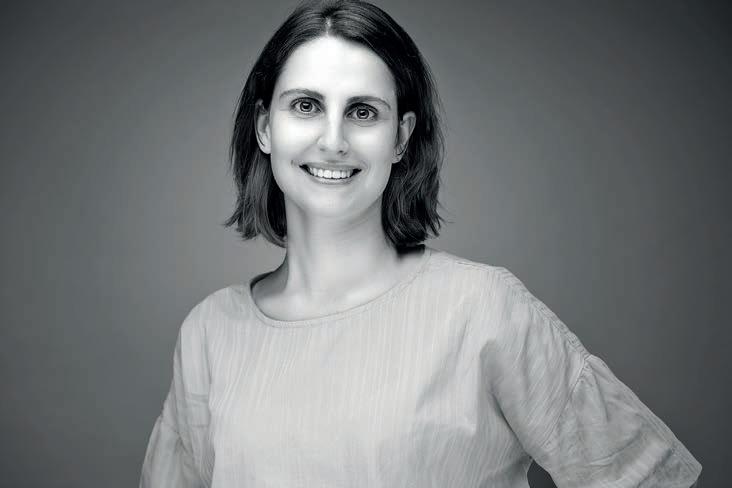
“They allow me access to their properties, and they care about the river running through them,” Sampson said.
Sampson pointed out that talking to the local landholders can be important for additional information and context. This is particularly true when some have been using the same land for over 60 years.
“For part of the study, we looked for sites that do not have willows or revegetation. These additional sites have native riparian trees, such as

the Australian blackwood (Acacia melanoxylon),” she said. “We have talked to some landholders who would tell us that the blackwoods have been there for 65 years, or they might tell us that the blackwoods were planted after the streams were straightened at some point in the past. We have also seen landholders doing their own restoration and bringing back the original meander. On at least one occasion, an owner said that a particular point in the river was three to four metres deep.
measured it, we found out that it was. That background knowledge of landholders is vast.”
Another stakeholder of note is the Corangamite Management Authority. Sampson said that she collaborates with them regularly.
“They have also connected me with landholders and different sites across the region. I also try to keep them up to date on what I am up to.
“ Hopefully, my research results will be useful for their forward planning,” she said.
Many early career researchers in the water industry have pointed to the support of Water Research Australia (WaterRA). Sampson agrees that WaterRA has done a fantastic job of supporting her.
“They have connected me with a mentor within the water industry and other great women in water science and management,”
Sampson said. “They also have a great research capability manager who takes care of all the students, ensures that everyone’s funding arrives, organises social events and encourages students to attend conferences. WaterRA is a great support.”
In terms of her future, Sampson sees herself in the water industry.
“I want to get some solid findings from my research first and then to be able to communicate it in a meaningful way to landholders, industry, and catchment management authorities. I’d love to work in the water industry, especially catchment management. It’s only going to become more important in the future.”
For more information, visit www.barwonwater.vic.gov.au/ and www.waterra.com.au/


In 2023, construction remains the most male-dominated sector in Australia, with female participation at just 13 per cent. How does the sector build workplaces that are attractive to everyone and that women can thrive in?
WOMEN REMAIN AN untapped talent pool for many blue-collar industries in Australia. Only two per cent of women in the construction sector are in trades, but industry bodies are working to improve the numbers. For example, the National Association of Women in Construction (NAWIC) has set a goal of 25 per cent female participation by 2025.
This trend also appears in the water sector. Shifting values within urban water businesses have seen an increased focus on diversity and inclusion. Gender equity is a meaningful way to foster better outcomes for workers, customers, and the community.
Across the sector, authorities and councils put ‘gender on the tender’, asking contractors and suppliers to meet a minimum standard of policies, plans and targets. The Victorian Government is leading the way with gender mandates for publicly funded projects of $20 million or more.
Targets and quotas are essential in keeping diversity on the agenda and encouraging women through the door. The other piece of the puzzle is creating an inclusive environment that enables women to stay in a business or sector once they arrive.
Tracy Keevers, the Executive Manager of People & Capability at pipeline infrastructure company, Interflow, shares her insight.
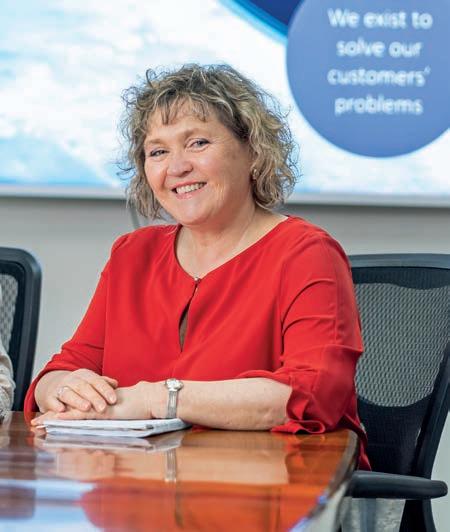
“True inclusion means removing the barriers preventing women from entering, staying, and thriving in a sector or an organisation,” she said. “The barriers might arise from a poor
internal culture or a negative public perception of a particular industry. We need to consider everything from the behaviours and capability of leaders right down to having inclusive uniform policies and the right facilities for everyone.”
Construction has been the most male-dominated industry in the country for many generations. As a result, it can have outdated masculine work methods that can make women feel unwelcome. The sector has come a long way in recent years. However, work still needs to be done to rid workplaces of exclusive behaviours. Communicating the broader benefits
of structural and cultural change is part of the solution for men and women. Another is equipping people with the tools to recognise biases and check attitudes undermining an inclusive culture.
“Respect at work policies are a great first step,” said Keevers. “Just as important is giving people the tools and training to be the best versions of themselves at work and home.”
Keevers also spoke about their success with positive behaviourfocused programs and language. It has given its people the confidence to respectfully call out what Interflow calls ‘below the waterline’ behaviour, knowing that the business will support them for doing so.
If greater diversity in the industry is the key to building a more robust industry, how then do we attract women to roles in the first place?
One part of the solution is encouraging young women to join the industry or learn a trade from an early age. Perceptions of a sector or career, whether valid or mistaken, can be formed at an early age and influence decisions later in life.
A study has shown that school-aged girls aren’t aware of the opportunities the industry presents and can’t picture themselves in the job. Coupled with a lack of visible role models, working in construction isn’t on the radar for many school-aged girls. Programs exist to encourage young women into STEM fields, but their opportunities aren’t always visible within the construction sector.
Interflow’s Talent Acquisition
Business Partner, Daniella Saumatua, says the opportunities for women in the construction and utility sectors are abundant.
“We have women in the field and on the tools, leading crews, and working as engineers,” she said. “We also have women in highly transferable roles between sectors, like in our people team, finance, safety and quality, marketing, IT, community relations, business development – you name it.”

Saumatua pointed out that the scale and variety within the sector mean people can choose their path. They
Long hours, rigid work practices, and ever-changing job locations have long been associated with the construction sector. While these factors disadvantage everyone, they can exclude people with caring responsibilities, most often women.
The industry is becoming more attractive to everyone. This came with a growing trend towards flexible work options, paid parental leave for all parents, a push towards a guaranteed five-day work week, and a growing focus on wellbeing. Flexible working arrangements, like those provided by Interflow, enable more women to return to work after taking parental leave.
Interflow’s Georgina Hilder, Community Relations Manager, had her second child while working at Interflow and is currently on parental leave.
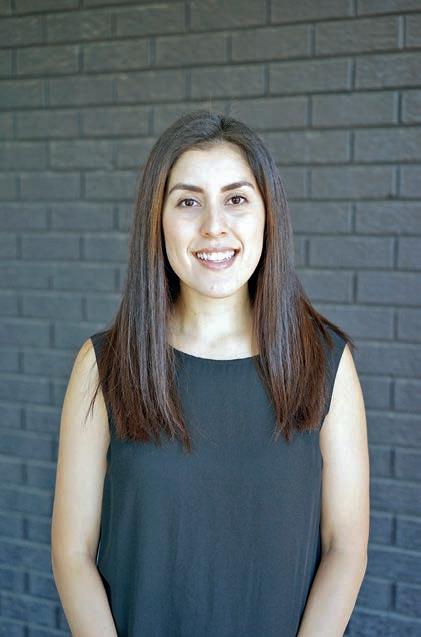
“Knowing there are flexible options available means I don’t need to choose between my career and my family,” said Hilder. “When women are reassured, they can balance a fulfilling career with their personal lives, and they will be more likely to return after taking time off to start a family.”
Inclusion begins with the hiring process
While platforms like WORK180 help women make informed choices about whom they work for, the hiring experience starts and ends with the organisation. Uplifting the capabilities of hiring managers is one way to support inclusive hiring practices. Honing interview skills and teaching leaders to recognise their biases can open the door to a more diverse range of candidates. Other ways include having clear and transparent selection processes, writing compelling job ads that outline policies like flexible work options, and focussing on transferable skills.
“We’re shifting the conversation from ‘who is most qualified for the job?’ to ‘who is best for the team, who will add to the culture and bring new ideas?’”
Saumatua said. “There are so many fulfilling opportunities within the construction and water sectors. When we work together to break down the barriers to entry, we’re giving women a chance to build a brighter future for themselves and their communities.”
For more information, visit www.interflow.com.au
South East Water has invested in intelligent technology to enhance its customer experience and optimise its water network operations. Andrew Forster-Knight is the General Manager of Digital Utility and understands the importance of this transformation.
SOUTH EAST WATER has been rolling out digital water meters across its network since 2020. Over 80,000 have been installed, saving at least 600 megalitres of water that otherwise would have been wasted. This has left about $350 per quarter in each customer’s pocket.
These savings are at the heart of what Andrew Forster-Knight has worked to deliver as the General Manager of Digital Utility at South East Water. Having started his career at South East Water straight out of university as a chemical engineer, he transitioned into a process engineer, focusing on process control and optimisation.
“Once I was working with South East Water, I gravitated towards
the areas where automation was happening in the business and got heavily involved in process automation and optimisation,” he said. “That took me down a technology path into operational technology. I rode a wave of sorts and got heavily involved in technology and digitisation, which has led me to where I am today.”
Forster-Knight works with emerging and cutting-edge Internet of Things (IoT) technologies and systems to drive innovative and technical solutions that change and improve business processes.
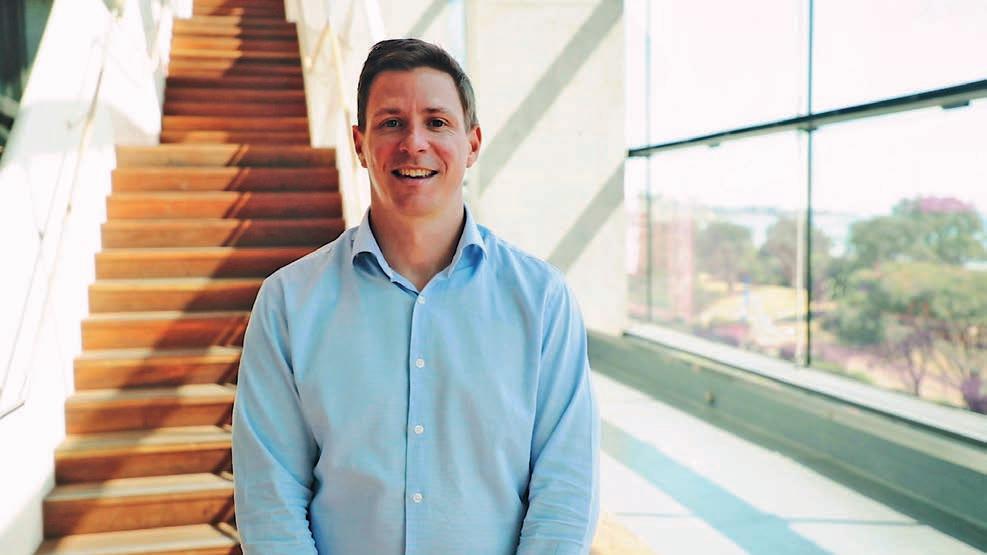
Every day, he needs to consider how new technology might impact the millions of people across the network.
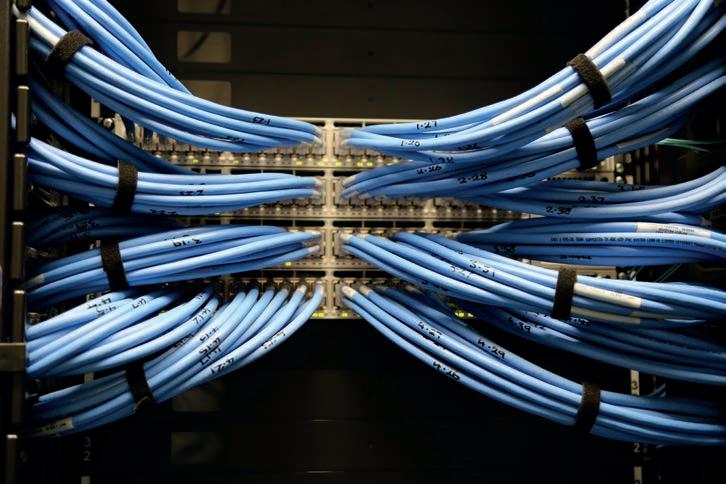
One of the most significant issues for water authorities is maintaining customer trust and a social license to operate. When investing in any new technology or undergoing any new transformation, Forster-Knight has understood the importance of the direct impact on customers.
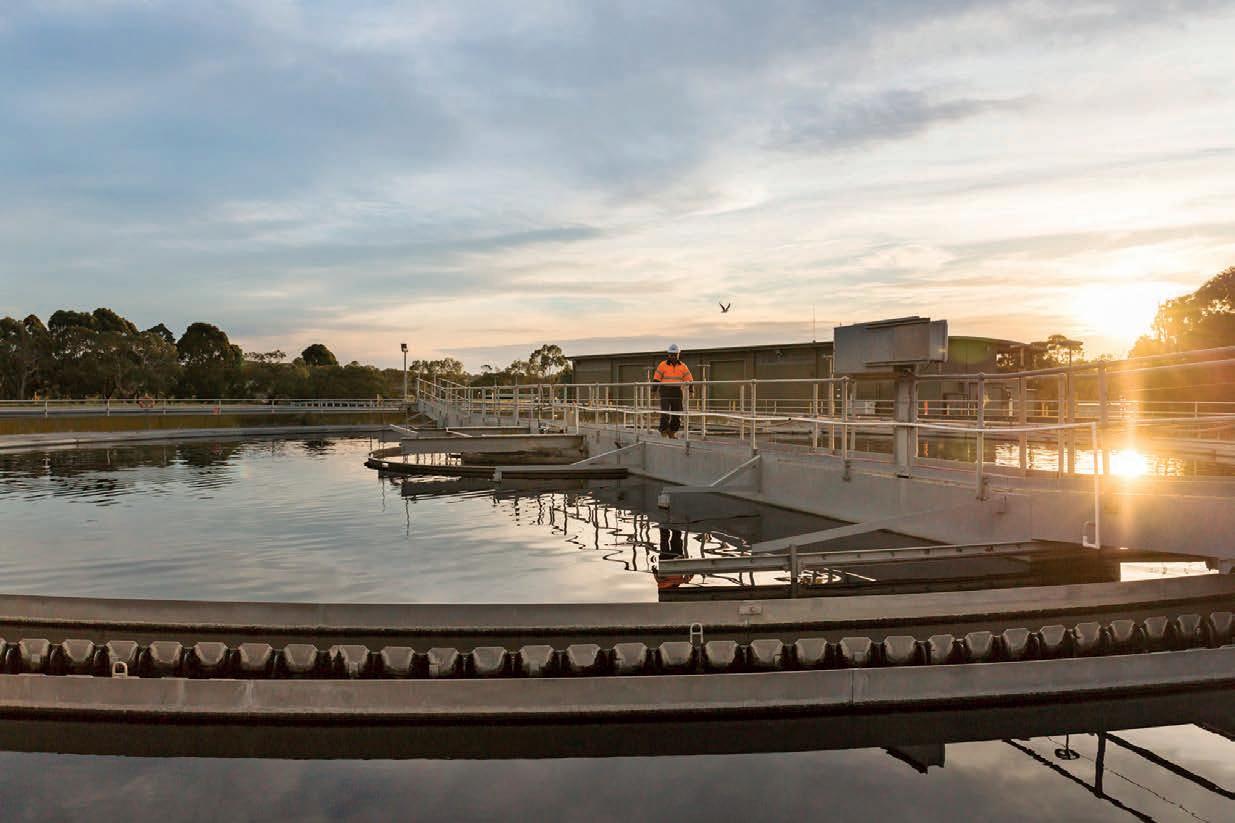
“We must maintain the trust of our customers. To do that, we have to take them on the journey. We started with small-scale trials and pilots, which allowed us to test how we engaged with customers, what worked, what didn’t work, where they were getting messages, and explaining why. Once the customers see what we are doing and why, it’s much easier for them to understand. They can really see the short, medium, and long-term benefits,” said Forster-Knight
Developing a communication strategy with customers has been a fundamental part of the change management strategy. He acknowledged that bringing the South East Water team along was also critical.
“It cuts across so many parts of
the business,” he said. “We had to create a change team specifically for this digital initiative. While we already have a change management team within the business, it was vital to have that in-depth, constant engagement across multiple areas, particularly when there are so many moving parts, and things could change quickly.”
Part of adapting to change was ensuring that the customer-facing side of the business understood what was happening, what was being
provided to the customers, and how they could help.
“Initially, we created a dedicated team within our large customer contact centre while doing the small-scale trials and pilots,” said Forster-Knight. “We could triage all our digital metering-related questions to this team. That team was educated on what the customer was looking at and could see what the customer saw. As we rolled out more meters, we developed some subject matter experts within the team, who have become champions within the overall customer contact centre.” Having done the hard yards early, these champions have assisted the rest of the customer contact centre with understanding what is happening with their customers. If a customer calls in, the entire team is prepared to look at the portal and see what the customer sees.
“These are conversations that we were unable to have with customers before. While it’s a work in progress, it’s been fantastic so far,” he said.
What South East Water has learned from digitising processes
Forster-Knight believes South East Water has learned a lot from its digital transformation. One thing that needs to be considered is the impact on legacy systems.

“We estimate that about 70 per cent of our systems were
changed or touched by our digital transformation,” he said. “That’s a significant piece of work. It’s not as simple as installing a new piece of software because it impacts most of our systems.”
Preparing for the change management side of things is the other key learning from the digitisation project.
“It’s probably the number one learning in hindsight, in terms of how we’ve gone about our program. It’s not a project where you can infrequently engage your staff because things are moving and changing quickly. Even on a weekly basis, operations were changing. You need to have that constant change management in place,” said ForsterKnight.
It’s also about finding new ways to use data to enhance the customer experience and optimise the water network. As an organisation, South East Water had to adjust to accumulating vast volumes of data they had never dealt with before.

“There is exponentially more data than we were previously dealing with. The big question was, what are we going to do with it? How do we find the insights to change and improve the business? That’s the challenge.”
For more information, visit southeastwater.com.au

Bluetooth devices have become ubiquitous in the lives of consumers. VEGA is at the forefront of integrating Bluetooth with industrial devices.
BLUETOOTH SOLUTIONS ARE being used more in industrial applications. Wireless data transmission now enables convenient operation with smartphones and tablets, making configuring inaccessible devices, or those in harsh environments, easier. Since access to the sensors is wireless, Bluetooth makes the complex hazardous area authorisation procedures/permits that are usually required a thing of the past.
Modularity, compatibility, and simple setup and operation have been the top priority at VEGA ever since the introduction of the plics platform. The best proof of this is PLICSCOM, the display and adjustment module that can be used on any plics sensor. Of the more than 1.5 million plics transmitters sold since 2002, approximately 700,000 were delivered with this universal display and adjustment module. Adding an optional Bluetooth option into PLICSCOM allows a sensor to be remotely adjusted from about 25 metres away. In some instances, adjustments can be made from further away.
This modern communication standard allows convenient setup, adjustment, measured value display and diagnosis via smartphone or tablet. The functions are integrated into the free, universal VEGA Tools app. The user does not have to load additional apps for different sensors on his smartphone. No update of the sensor software is necessary. The adjustment structure
is straightforward like the one most users use on their PC.
Sensors can also be parameterised wirelessly via PC or laptop via a Bluetooth USB adapter. This communication channel makes it possible to access connected sensors via PACTware and adjust them in the usual way.
Designed to be user friendly PLICSCOM is backwards compatible and can be integrated into any plics sensor supplied since 2002 easily. Additionally, no firmware changes are required. Sensors can then be wirelessly adjusted right away. It applies to about 70 different level and pressure transmitter variants. This is further multiplied by the different VEGA housings, flanges, and electronic versions.
Bluetooth support for IIoT sensors are in a range of VEGA models.
In many production facilities, measuring points are sometimes challenging and often located in dangerous places. Cereal, flour, and animal feed are usually stored in tall silos. The level sensors are installed at the top of such containers. Climbing to the top in bad weather with equipment can be a challenging, if not dangerous, task.
This is often the case if technicians need to adjust on-site. They may have to brave dust, heavy rain, strong winds, extreme temperatures and even snow to ensure optimal utilisation of the facilities. With Bluetooth, such challenges can be handled from a safe distance, conveniently and more costeffectively. The main argument for this modern transmission standard is its great convenience: no cabling, ladders, or scaffolding. Hot work permits for hazardous areas are generally not required. With the new display and adjustment module, a magnetic pen can also be used for contactless
sensor adjustment through the window of the closed lid. This keeps the sensor well protected. In demanding, dirty measuring environments, technicians can adjust on-site without removing their gloves. Since the housing remains closed during operation, permits for Ex areas (fire prevention certificates) are not required. This new tool is unique in the process industry.


In the digital age, data security is of paramount importance. Companies must protect their free flow of data in wireless networks against hackers and Internet criminals. PLICSCOM, with Bluetooth, is equipped with a two-fold data protection system. First, a four-digit PIN must be entered to connect the sensor to the VEGA Tools app. Authorised users can change this PIN at any time if needed.
In addition, Bluetooth communication is encrypted and thus protected against unauthorised access to data. This double protection ensures that the user’s data is always secure. Bluetooth communication can also be switched off via a physical switch.
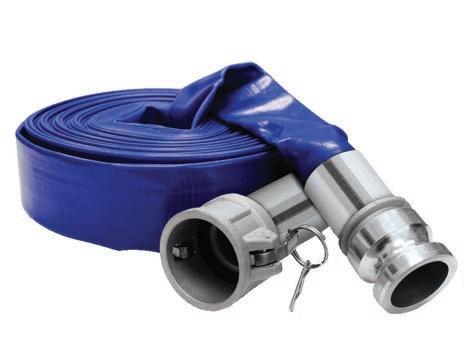
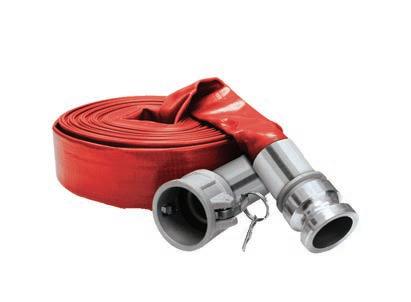
The third generation PLICSCOM is the latest step VEGA has taken in expanding and perfecting the setup, adjustment, and diagnostic functions of its standardised, modular instrument platform plics. There are four methods of operation available to the user. Two occur directly on site –conventional finger-touch operation and noncontact operation with a magnetic pen. The other two can take place at a safe distance with wireless – PACTware/DTM on a PC or laptop with Bluetooth USB adapter and VEGA Tools app on a smartphone or tablet.
For more information, visit www.vega.com
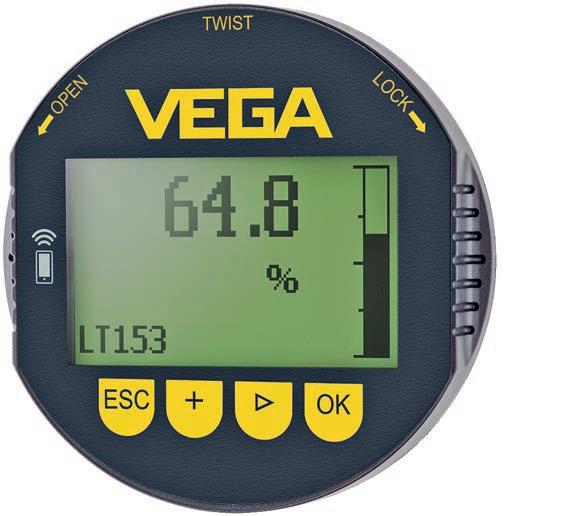
and monthly checklists. Generally, these checks ensure the safety and operations of the Kooragang plant.
THE KOORAGANG INDUSTRIAL Water Scheme (KIWS) treats effluent through microfiltration and reverse osmosis. That water is provided to a couple of industrial customers who use up to 10.5 ML of water every day. This means that those companies are not taking water from the drinking water supply for Newcastle and the Hunter Valley.
Megan Boardman is a recent but valuable addition to the water industry, having joined SUEZ Australia and New Zealand in May 2018. While initially starting in an administrative role, Boardman found herself wanting to learn more about the Kooragang plant.
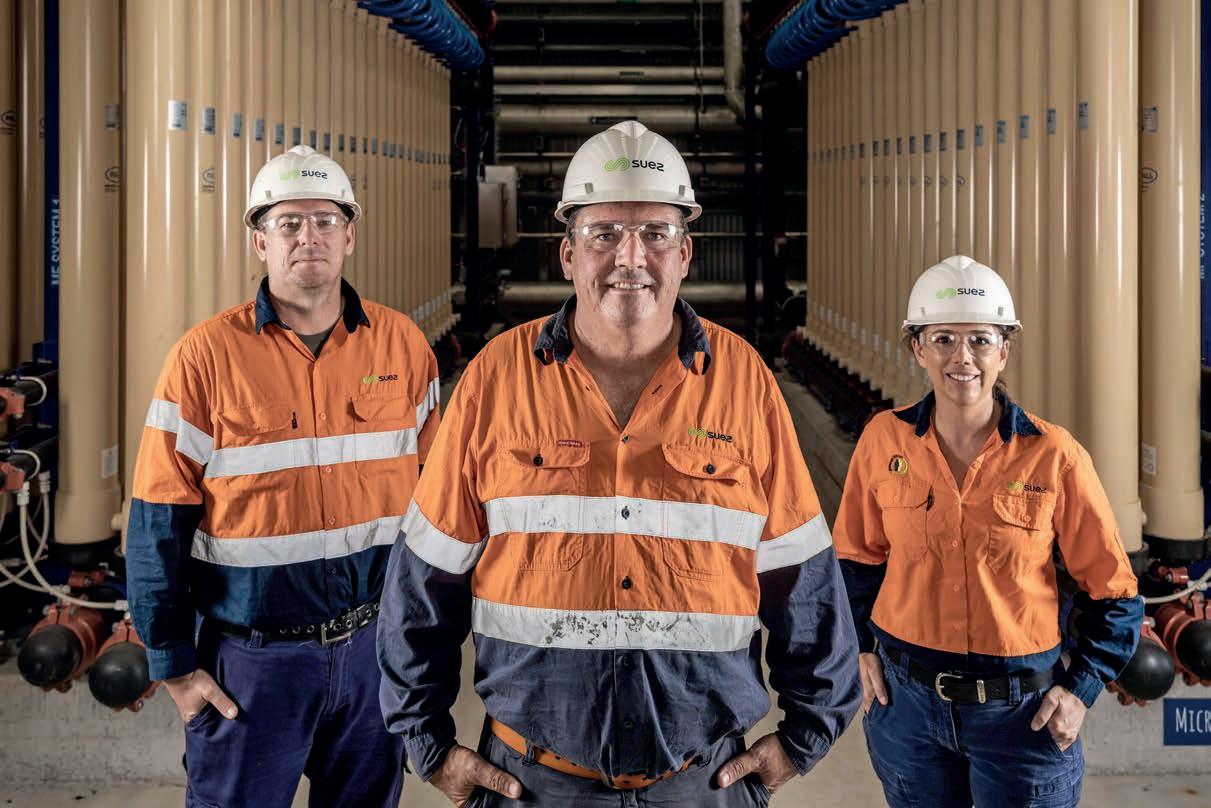
“When it came to raising purchase orders and doing other duties, I was intrigued about what the products are, what they mean, and what effect they have on the plant,” she said.
“I put my hand up and showed my interest in learning more. SUEZ helped me get my Certificate III in
Water Industry Treatment, Water Quality and Wastewater Treatment Management, and Recycling Technology. This allowed me to expand my knowledge and take part in on-site training with the plant manager.”
While Boardman still has some of her administrative duties, she has been balancing them with her role as a water operator. SUEZ has also supported her in completing a Certificate in Work Health and Safety.
“SUEZ has been extremely accommodating in helping me change from an administrative role to a water operator. They are more than happy to support people who want to learn and grow,” said Boardman.
Digitising internal processes for more efficient work Boardman was tasked with finding ways to reduce the volume of paper used in the plant’s daily, weekly,
“I wanted to find something already available to us rather than introducing something new to our existing systems,” said Boardman. “I discovered that I could create forms within Teams using Microsoft Forms. These forms allow us to conduct daily, weekly, and monthly checks by logging all the data as we walk around the plant and filling in the forms on our mobile phones.”
As part of creating these forms, a lot of paperwork was eliminated while keeping a clear audit trail for future reference. In addition, the completed sheets were automatically emailed to everyone in the team, and photos or videos could be added to the form.
“When we walk around the plant and spot something that isn’t quite right, we can share that information instantly with the whole team. It worked well during COVID when there were not many people on site. If you’re working from home, you know if an issue needs to be dealt with,” she said.
The benefits of this system mean that all the checks are done faster, with the relevant comments built into
When thinking about digitisation, one thing that is often forgotten is the internal processes. Many of these processes can often benefit from digitisation, and Megan Boardman from SUEZ took the initiative to do just that.
the system. Issues can be tracked over time based on observations and ratings, and the effort of scanning in large volumes of paper has been eliminated.
“We still have the option of downloading the report as a PDF and saving it,” Boardman said. “We can also track the data by exporting an Excel spreadsheet, which means we can track the information and see any trends emerging.”
QR codes modernise stock management
Another project that Boardman developed was a series of QR codes associated with spare parts. The QR codes are placed on shelves under the corresponding part, so people would scan the QR code before taking the needed part. This has significantly improved SUEZ’s stock management at the plant.
“I was finding that people were going in and taking part because they want to fix the problem straight away,” she said.
“We would not know until one or two months later, and the stock had not been properly booked through our existing systems. With this new system, scanning the QR code automatically identifies the part and the part number. All the forms go into one folder, so I know who is taking what part for what job.”
While the scans do not integrate into the stock management system, they will let Boardman know what is being used. She can follow through to ensure that parts are where they should be.


“Technicians focus on fixing problems, so the last thing they were thinking about was stock levels. This is a backup system that ensures nothing gets missed. The best part is I already had a label maker in the office, so it didn’t take much effort to make labels for all the parts,” she said.
Benefits and the future Boardman pointed out that her forms had been a timesaver while reducing the amount of paper used and keeping the entire team informed.
“By moving to a digital process, people get automatic email notifications whenever the checklist is done. It has meant that everyone is kept in the loop, regardless of where they are at the time,” said Boardman. In terms of the future, Boardman wants to finish her certificate in work health and safety. However, it’s not the only area in which Boardman wants to improve herself, and SUEZ
said the digitisation of internal processes has eliminated the need for paper. Megan Boardman has improved efficiency through digitisation.
is big on women getting involved in the business through self-education and self-improvement.
“I’m a person who wants to improve upon myself continually. I want to keep growing and learning; SUEZ will help me progress,” she said.
“There will probably be an opportunity to skill up my certificate in water operations to a higher level, and I feel that in the five years I have been here, I have achieved quite a lot.”
For more information, visit www.suez.com/en/Australia-newzealand
Organisations face impacts from rising costs and resource scarcity in infrastructure. Digitisation can help navigate cost, risk, and productivity challenges through project delivery. Voeu has thoughts on how digitisation can unlock project value.
PROJECT DELIVERY FOLLOWS a natural value cycle. It includes cost management, price estimation, project control, and reporting. This cycle works best when visible real-time data is combined with integration between the process steps, enabling a seamless flow of information to enhance effective project delivery.
To achieve organisational best practices, it is essential to establish an integrated system that incorporates all steps into a
homogeneous enterprise-wide system. This system should require minimal or no intervention for its operation. Best practice can be realised when systems are based on the same data framework that is automatically shared across functions. This eliminates repetition and reduces reworking costs. Systems coordination can be achieved through separate programs that efficiently communicate with each other. Alternatively, a full-blown cloud-based Enterprise Resource
Planning (ERP) implementation can be adopted. Success in attaining system coordination depends on facilitating interaction between the system elements rather than focusing solely on the underlying technology.
Efficient data capture combined with a robust technology platform is crucial for success. Instead of reworking the data, it’s more effective to capture it accurately from the start and build upon it. This helps avoid duplication and ensures data accuracy.
Standard cost codes are one effective system integration and cost management method for use across the project value continuum. Cost

codes organised in a cost library can serve as a basis for many aspects of project delivery. They include estimating prices, preparing budgets, tracking purchases, and identifying incurred costs. They can also be used for calculating costs to complete and reporting purposes.
Cost codes are a simple yet powerful integration approach that can unlock value. It gives project managers visibility into historical, estimated, budgeted, and actual costs, providing valuable insights to manage performance.
The value of digitisation can be enormous
Digitisation is a powerful enabler that unlocks value by enhancing project outcomes. Many benefits arise from digitisation.
Improved operational efficiency is one benefit of digitisation. It reduces the time and cost of data collection, analysis, and reporting, enabling better decisions to be made faster. These efficiencies can improve project outcomes by saving time and resources, allowing focus on other aspects of the project.
Digitisation also improves the accuracy of the data collected. Reducing errors avoid the downstream risk of the impact of incorrect information. It results in more precise project planning, budgeting, scheduling, and resource allocation.
Teams and stakeholders can better collaborate by removing paperwork and other physical bureaucracy from projects. Common platforms allow sharing information, tracking progress, communicating project
updates, and increasing transparency. Similarly, progress tracking can be completed in real-time or near realtime. This increases the opportunity to identify potential issues before they become problems. Teams can then take mitigating actions that can prevent delays and cost overruns. Digitisation reduces the overall administrative resources required. As a result, the cost of providing information along the steps of the project value continuum also falls. This frees up resources that can be utilised elsewhere.
All these elements unlock value by improving project outcomes through improved efficiency, accurate data collection, enhanced collaboration, real-time monitoring, and reduced administrative burden. By leveraging digital tools, project managers can achieve better project outcomes and ensure their projects align with project goals.
A basic example of digitisation involves replacing paper timesheets with electronic forms. This can help to reduce the time and errors associated with manual data entry, leading to more accurate project tracking.
Less than 20 per cent of organisations have an effective system in place to unlock the maximum value of a project. This usually results in inefficiencies and cost overruns.

In more advanced cases, digitisation can take the form of cloud-based telemetry. This level of digitisation can automatically capture data on equipment productivity. It allows project managers to monitor and optimise equipment performance in real time. This tends to lead to better project outcomes and cost savings. Integrating cost libraries into the design can provide dynamic, valuebased consideration of construction alternatives using computer-aided design (CAD) or building information management (BIM). Digital tools can assist in the determination of the best choice based on relevant variables that support the optimal design and project outcomes.
The benefits of adopting digital tools in project delivery are clear. Digitisation can improve efficiency, accuracy, collaboration, and real-time monitoring, leading to better project outcomes that align with project goals. Digitisation presents an opportunity to streamline the project delivery process along the value continuum. Although the water sector is advanced in product and engineering technologies, there is still room for improvement in utilising digitisation to enhance the management of project costs, risks, and productivity management.
Voeu is a specialist water sector advisory and consulting practice that delivers advice and improvement projects for infrastructure owners, operators, and delivery providers.
To find out more about Voeu, visit www.voeu.com.au.
Collaboration and data management are key to improving operational efficiency.

Coertze, the National IoT Business Manager for ifm Australia, moneo draws on all the data collected from an industrial power meter. This includes historical data and livestream analytics. The company then uses artificial intelligence (AI) to provide insights that can be actioned immediately.

“Unlike other systems that only monitor power usage, moneo will measure voltage, current, power factor and harmonics,” said Coertze. “This data is commonly used to identify a lot of mechanical faults. Having these insights available can be hugely beneficial to an industrial business. For starters, you can determine your power factor and if this needs to be corrected.”
Power factor expresses the ratio of actual power used in a circuit compared to the power delivered. The higher the power factor, the more energy efficient you are. In comparison, a lower power factor indicates inefficiency.

“If I explain this using the beer analogy, the true power factor is the useful beer liquid in the glass, whereas the total power delivered includes the useful beer liquid and the foam on top. The head on a beer, or the foam, represents lost or wasted power. It is energy being produced but not doing any work. If
your circuit is 100 per cent efficient, then the power delivered to you is all useful. It’s the good stuff, the liquid part of the beer,” said Coertze.
If a business has a lot of ‘foam’, they are also potentially wasting a lot of money.
“Once you have corrected your power factor, moneo can be used to set a benchmark on that,” said Coertze. “That means you can set limits with moneo to provide ongoing monitoring. If something changes, moneo will flag you and let you know your power factor is out again. It will let you know about things like the condition of a machine, a degrading motor, or a short circuit.”
While the power factor is important, Coertze says that the moneo toolbox can provide a host of insights to help industrial businesses be more energy efficient.
“By having this extended visibility of the energy used at your site, you can actively optimise your system to save power,” he said. “The other

aspect of this is the harmonics. This tells you what’s happening with your machines in real-time.”
However, Coertze stresses that moneo isn’t just a condition monitoring tool. It is a predictive maintenance platform that gives you information before any event. The point of difference is that moneo has been designed as an out-of-the-box, all-in-one solution that is easy to integrate with existing systems at an industrial operation.

“It comes with the hardware, software and predictive formulas included so that you just hook it up to your power meter, and it will give you insights straight away,” Coertze concludes. “It is self-service, and you can expand easily. I like to call it, ‘grow as you know.’ For example, you can start with your power meter but then expand into water tracking for water monitoring or temperature tracking. There are no limits as to what it can do. Whereas other suppliers can give you an energy monitoring platform, moneo can enable a successful predictive maintenance program across your entire facility.”
For more information, visit www.ifm.com/au
As industrial businesses strive to reduce their energy use to be more sustainable and save on operational costs, ifm’s self-service IIoT platform, moneo offers an easy solution.The team at ifm are committed to making businesses more sustainable.
AMS Water Metering has received certification under Australian standards to distribute its Axioma smart water meters nationwide. Under the leadership of General Manager Andrew Riches and CEO Dirk Kuiper, AMS Water Metering plans on making a splash.
“THEY FEATURE A unique design where the transducers are angled, with sound waves hitting their reflectors in a W-shape. Nothing can block the transducers, the three reflectors remain flat, and the signal quality is higher than many other devices. That’s the difference with the Qalcosonic W1.”
That’s Andrew Riches, the General Manager of AMS Water Metering. He’s been involved in the metering industry for years with various companies, including Great Plains Industries Australia, Trimec Industries and Macnaught. AMS Water Metering is a new venture with Dirk Kuiper of the Kuiper Group.
“In 2018, we started the process of entering the Australian water market,” said Riches. “We’ve been working on it for a long time because there are a lot of regulations, certifications, and requirements for water meters to be sold in the Australian market.
While we initially underestimated the time it would take to get fully certified, we are there now. On the day we got our final certification, we won a tender to supply water meters to Water Corporation in Western Australia.”
AMS Water Metering and Qalcosonic making a difference Riches knows that there are several water meters in the Australian market, including smart and ultrasonic water meters. Standing out in a growing and crowded market is getting more complex, yet AMS Water Metering provides something different with the Qalcosonic W1 range.
“Our first major difference is that the Qalcosonic W1 smart meters are fully integrated units,” he said. “It’s a one-piece injection-moulded plastic body that includes the ultrasonic transducers, the electronics, the
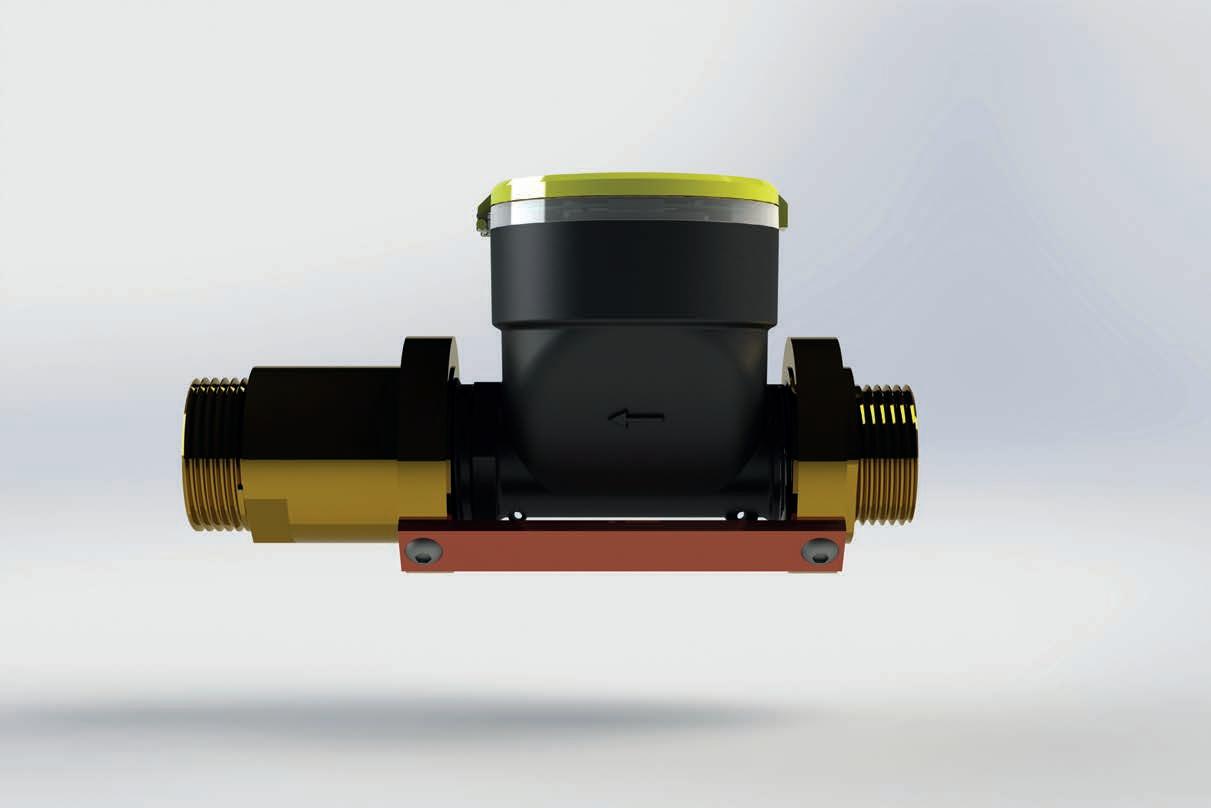
communication elements, and everything else needed within one compact unit. Once we add the brass fittings and conducting strips, they are slightly bigger, but the meter is a very compact unit, rated IP 68.”
Over the past four years, Riches and AMS Water Metering has been exhibiting the Qalcosonic W1 at Ozwater and did so again this year. Every year, there has been more interest in these meters, and the arrival of the certifications for installation across Australia led to a dramatic increase.
“We are getting a lot more interest this year, and the new W design is certainly helping with that. Axioma has been manufacturing ultrasonic water meters for over 30 years, and we’re proud to be distributing them within Australia,” said Riches.
Axioma is a Lithuanian manufacturer of water meters and has invested 20 million euros in a fully integrated factory. It is seeking to double its production size in the coming years. Not only has Axioma scaled up rapidly, but it is also sharing knowledge with its distributors, like AMS Water Metering.
“Axioma installed hundreds of thousands of water meters in Oman,” said Riches. “That’s a very rugged, high-temperature, high-dust environment. It’s where there are learnings for the Australian market, such as a heavy-duty, long-life battery to cope with the Australian conditions. We’re incorporating that into the Qalcosonic W1 ultrasonic smart meters here because of similar conditions.”
Like most ultrasonic smart meters, one of its main benefits is the lack of moving parts. No moving parts mean reduced wear and tear from the movement of water and other particles through the meter. It also means that water authorities spend less money on maintenance. The ultrasonic water meters also eliminate measuring errors due to air pockets because the ultrasonics do not measure air.
The ability to transmit data and pick up leaks is of greater importance to every water authority. Riches pointed out that the increased accuracy that arises from the lack of moving parts pairs perfectly with data transmission.
“With traditional meters, someone will come and read the meter every three months or so,” he said. “That’s very inefficient; if there’s a leak, it could be long before it is detected. We also know that once a leak is detected, water authorities tend to credit the customers most, if not all, of the money that arises from the excess water use. With a smart ultrasonic water meter, water authorities and customers can deal with leaks earlier. That’s less water lost by both parties, and the water authorities do not have to worry about angry customers.”
AMS Water Metering and Axioma are working together to roll out several new products for the Australian market. The current products are the DN15 and DN20, which represent different pipe sizes for residential markets.
“We’ll be rolling out the DN25, DN32, DN40, and DN50 in the following months and years. The DN40 and DN50 are already suitable for Australia because they have European certifications.
There is still some work to do when it comes to the DN25 and the DN32 because they require specific Australian certifications,” said Riches.
The other development for both companies is a new design for its water meters to allow for a larger battery to increase the battery life when using NB-IoT communications, which use networks provided by the major telecommunication networks..
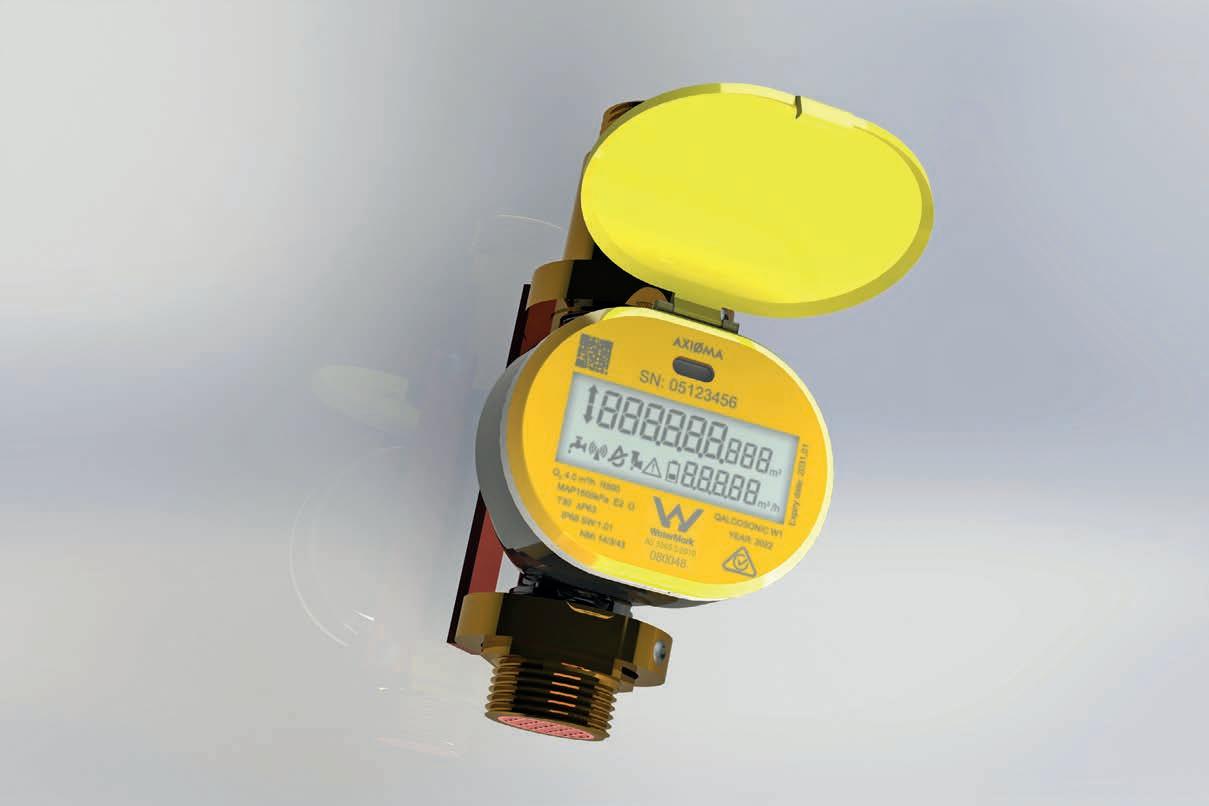
“When using NB-IoT, the existing batteries would only last for 12 to 13 years whereas with LoRaWAN, the battery life is 16 years. LoRaWAN is a Low Power, Wide Area (LPWA) networking protocol designed to wirelessly connect battery-operated ‘things’ to the internet in regional, national or global networks,” said Riches.
The different outer designs of the meter will allow AMS Water Metering to provide an NB-IoT-compliant smart water meter with a 16-year battery life, to match the LoRaWAN meters.
“The market is evolving rapidly, and we are working hard to adjust to the changes as they come.”
For more information, visit amswatermetering.com
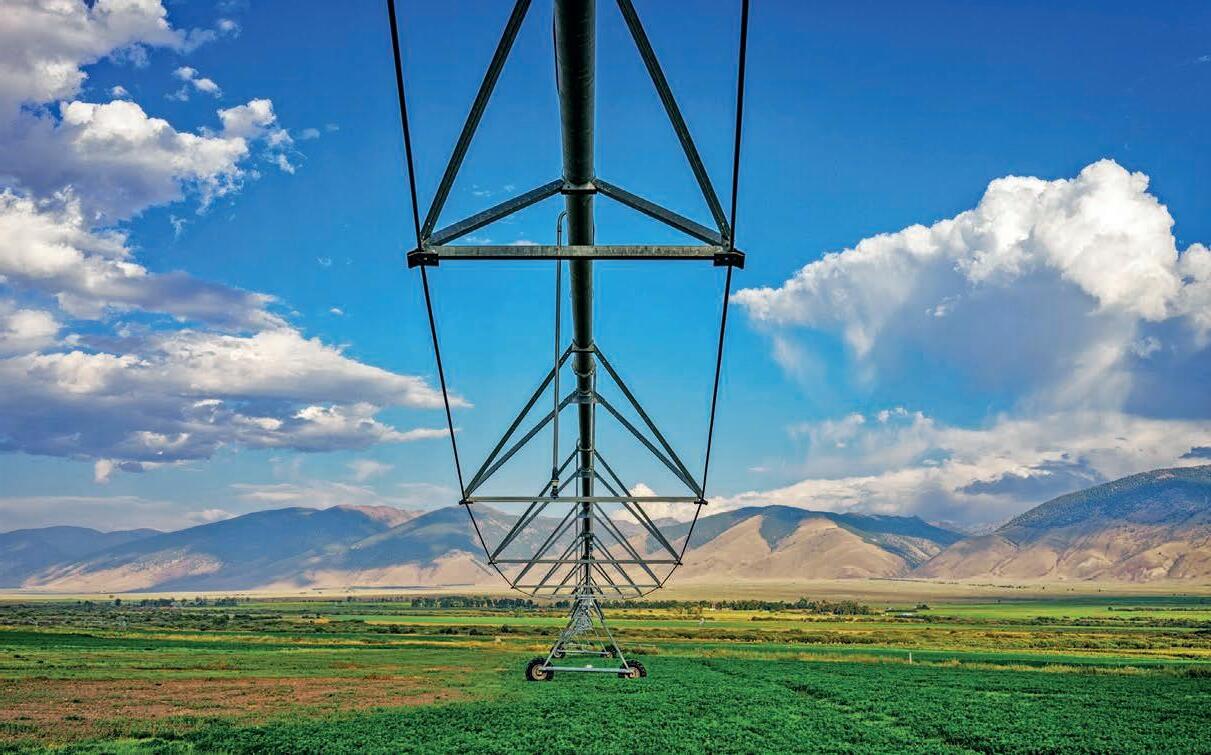
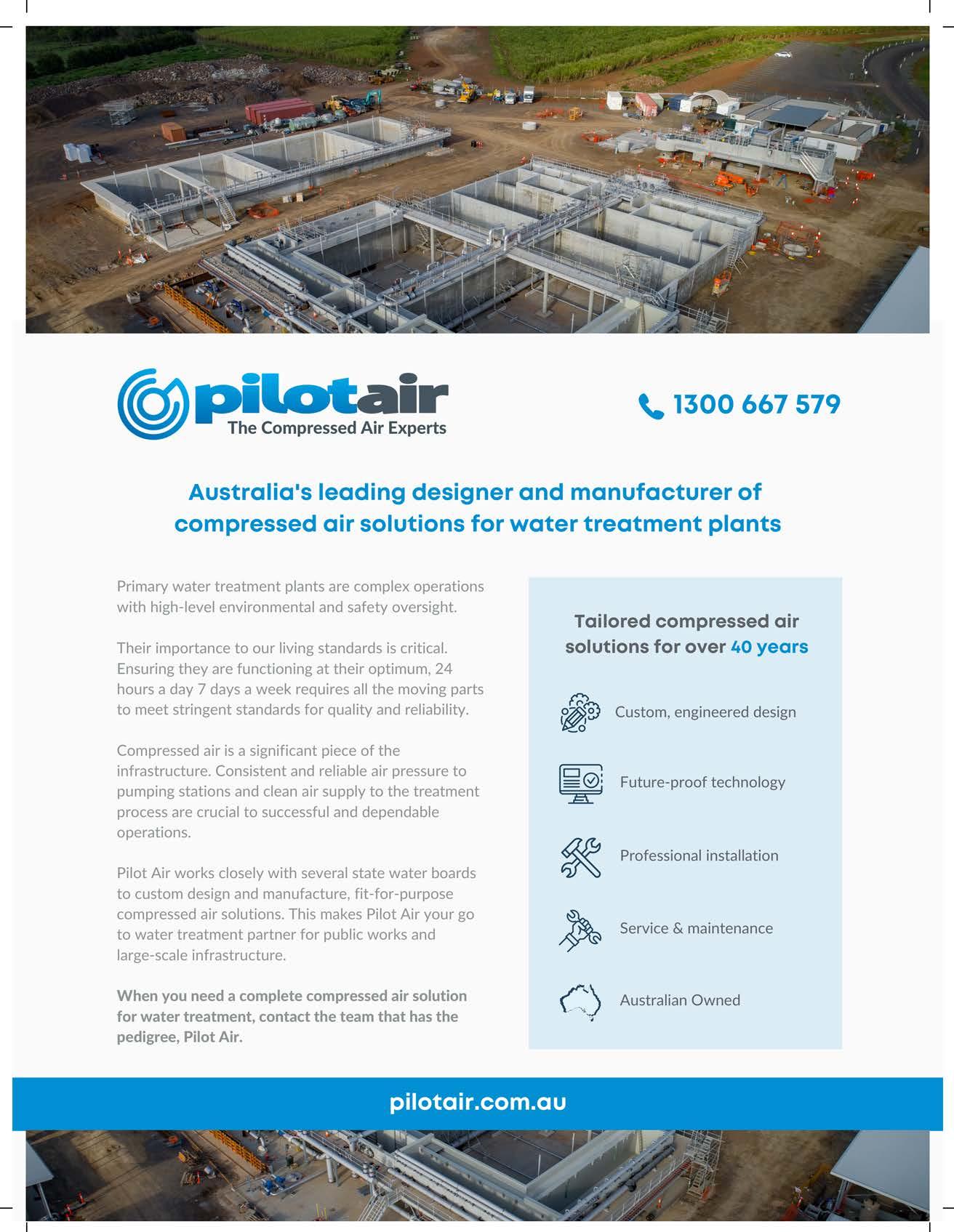

Southern Rural Water (SRW) was an early adopter of Taggle Systems’ smart water metering solution for the remote monitoring of water assets across its service area. One of the major drivers for adopting smart metering was the health and safety of employees.


SIMON WILKINSON, GENERAL Manager of Service Delivery at Southern Rural Water (SRW), is a strong believer in the importance of managing and monitoring water assets while keeping employees safe. Adopting Taggle has resulted in less manual meter reading for his team. This reduces the risk of injury and gives the team more time to concentrate on resource management and providing good customer service.
SRW is responsible for managing three irrigation districts, regulating surface water and groundwater licensing, and seven major storage dams across the southern third of Victoria. Its territory covers 88,000 square kilometres or 37 per cent of Victoria. SRW services an area that stretches from the South Australian border in the west to the New South Wales border to the north and from the Great Dividing Range to the Victorian coast.
With assets valued at $1.4 billion, SRW’s extensive asset base delivers water from the catchment to the farm gate. Its services support farmers in growing high-quality, fresh, and local produce.
How important is irrigation to the local area and its agriculture, horticulture, and viticulture sectors?
“Irrigation water is critical for food production, and entire communities are built around this infrastructure,” said Wilkinson.
“Victoria produces 64 per cent of Australia’s milk and 22 per cent of Australia’s vegetables. It is the second-largest horticultural producer in the country. The water we regulate and manage supports farmers who directly contribute to those impressive figures.”
“We are proud to work with these farmers and support Victoria’s $17.5 billion agriculture industry,” he said. SRW also regulates the surface and
groundwater used by other water users across southern Victoria to provide fair, equitable and sustainable access to water.
For what purpose does SRW utilise the Taggle solution?
The water meters SRW manage are spread across an extensive area and can be in hard-to-access locations. Manually reading these meters took considerable time and presented safety and access challenges for SRW staff.
“We reviewed the market and found Taggle technology to be the most cost-effective way for us to achieve our automation and safety goals,” Wilkinson said.
“We have found Taggle technology
to be simple, reliable and backed by a company that has deployed hundreds of thousands across Australia,” he said.
The Taggle devices collect hourly water consumption data, which supports resource management on a near real-time basis. SRW began implementing devices in their groundwater and surface water areas in 2015.
“Access to up-to-date usage data means we can compare it against our customers’ entitlement information and help them make better decisions, which was not possible before automated meter reading installation. Timely information on usage patterns across an area, a river system or an aquifer, means resource managers can make better-informed decisions on allocations, restrictions and decisions such as water trading.”
How has smart water metering improved employee safety?
Wilkinson believes people are SRW’s greatest asset, and Taggle technology has helped make the work of field officers safer and more efficient.
“One of the major early drivers of the automated meter reading installation was the health and safety of our employees,” he said. Manual meter reading involves visiting every site and negotiating potential hazards in all kinds of weather.
“Adopting Taggle aligns with our Always Safe culture because less manual meter reading reduces the risk of injury to our staff,” he said.
What are the next steps in SRW’s smart water journey?
SRW has about 2,100 meters
connected. Over the next two years, it plans to roll out Taggle technology on the remaining 1,700 meters of its fleet.
In the next month, SRW will start installing a Taggle radio network system in the Latrobe Valley that will allow them to bring around 500 water meters online.

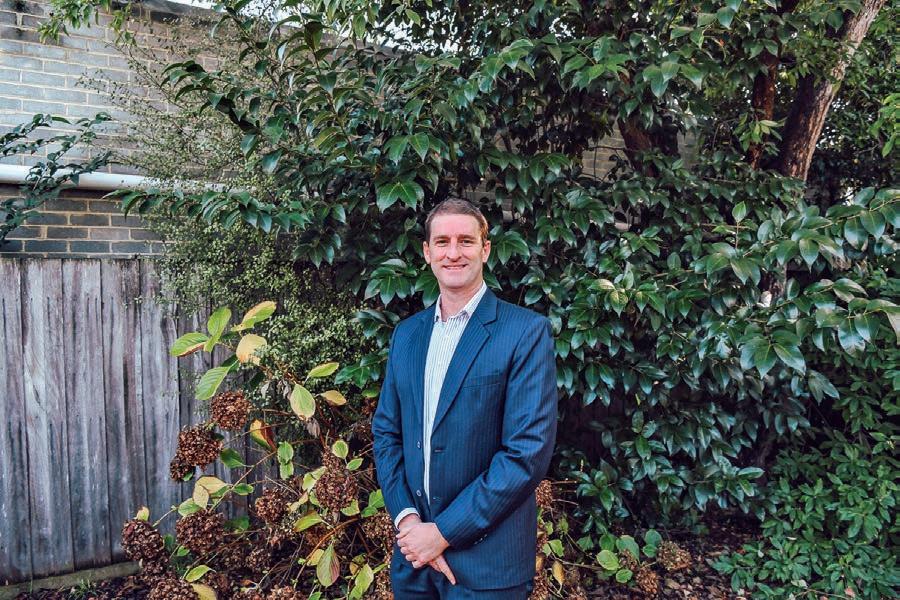
Wilkinson said they’ve partnered with another local water authority that agreed for SRW’s Taggle radio network equipment to be fitted on their assets.
“It’s taken a lot of work to reach this point, and we’re excited to be getting the works underway and making the network live,” he said.
As soon as the radio network equipment is commissioned and turned on, it’s live and can receive data from nearby devices.
“Our field officers will then start visiting the properties of the water meters we’re targeting to test for a signal. The strength of the signal will determine the type of device they will then install,” he said.
“We’re on track to meet our automated water meter reading device installation targets and look forward to bringing this technology to more customers soon,” he said.
For more information on smart water metering in irrigation regions, get in touch with Taggle at taggle.com
The old maxim of “if you can’t measure it, you can’t manage it” rings true.
”

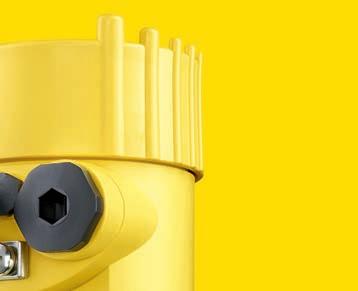






Australia has enormous potential to expand its biogas and bioenergy presence by producing biomethane through anaerobic digestion of industrial and municipal wastewater and sludge, industrial and food waste, and agricultural waste.
CAPTURING THE METHANE from wastewater treatment plants and other facilities is providing a renewable gas, helping to decarbonise our economy. Hydroflux is stepping up to support this future growth.

Hydroflux has been involved in bioenergy for many years, primarily through its municipal wastewater treatment branch, Hydroflux Epco. Hydroflux Epco has designed and built digester covers for local government installations for over 20 years whilst at the same time,

anaerobic digestion projects for industrial customers who benefited by treating their wastewater anaerobically. Hydroflux Utilities has been involved in the bioenergy space by operating and maintaining sites. One person with experience in this space is Manfred Beyrer, the general manager of bioenergy at Hydroflux. He has been involved in bioenergy for more than 15 years and is a respected member of the field. In his opinion, there is enormous potential for the Australian water industry to expand its bioenergy
Double
Beyrer has been looking at the array of anaerobic digestion opportunities. One focus has been how the industry can better use what is otherwise considered waste as a feedstock for anaerobic systems, producing valuable biogas. He pointed out that the organic waste in question can be almost anything.
Covered anaerobic lagoons capture gas emissions and provide practical gas
The critical points for the growth of the Australian bioenergy industry and its development within the water industry are incorporating an anaerobic stage in the overall process where possible instead of complete reliance on aerobic systems, and diverting organic waste away from landfills. Both actions enable the capture and use of the gases that arise from the breakdown of materials, mainly methane (CH4).
“Capturing the fugitive gases released from waste ponds that are not aerated is important. Methane is 28 times more environmentally harmful than carbon dioxide (CO2). So the fastest way to reduce carbon emissions for many of these industries, whether abattoirs, wineries, meatworks, dairies, or whatever it is… could be to ensure they have the fewest possible fugitive methane emissions and use the valuable biogas as energy in their plant,” said Beyrer.
Smaller facilities could convert open lagoons into covered lagoons to capture the gas and flare it, creating carbon credits.
One of the issues in Australia is that it has a spread-out population, with many smaller facilities that are too small to build commercially viable biogas plants. However, Beyrer pointed out that the market is shifting to incorporate shared anaerobic wastewater treatment for multiple facilities. These facilities could also receive suitable organic matter, presently sent to landfill.
“We are helping our clients by identifying options for pooling waste and feedstock across multiple sources. As a result, they can treat
wastewater, sludge, and food waste from several places, which suits an anaerobic digestion system. Like a healthy diet, it can be found that a mixture of different ingredients enables operation at the highest levels,” he said.



The technology entering Australia is tried and tested, as it has been used in Europe for over a decade. The most significant difference that Hydroflux makes is working with


most technically advanced gas flow meters specifically designed
clients from day one to understand their needs regarding wastewater and solid waste digestion.
“We talk to them about their wastewater and their discharge considerations. We talk about their organic waste, site size, energy constraints, and anything else that might impact their operations,” said Beyrer. “Some clients might want to use the generated biogas to offset their current fuel costs or create some of their electricity. Other clients might want to collect that gas to distribute it into the grid. So it all depends on the individual client and determining the best solution for them. That’s our biggest difference.”
Once they do the original plant design and establish that anaerobic digestion is viable, they can look at issues like pre-screening. Screening the wastewater or sludge is essential to prevent digesters from filling up with material that is not digested. Proper screening of materials increases the capacity of digesters while also removing impurities and improving the quality of the digestate as a fertiliser.
“We will also assist clients in developing the most energyefficient system possible. We have access to a comprehensive range of technologies and processes
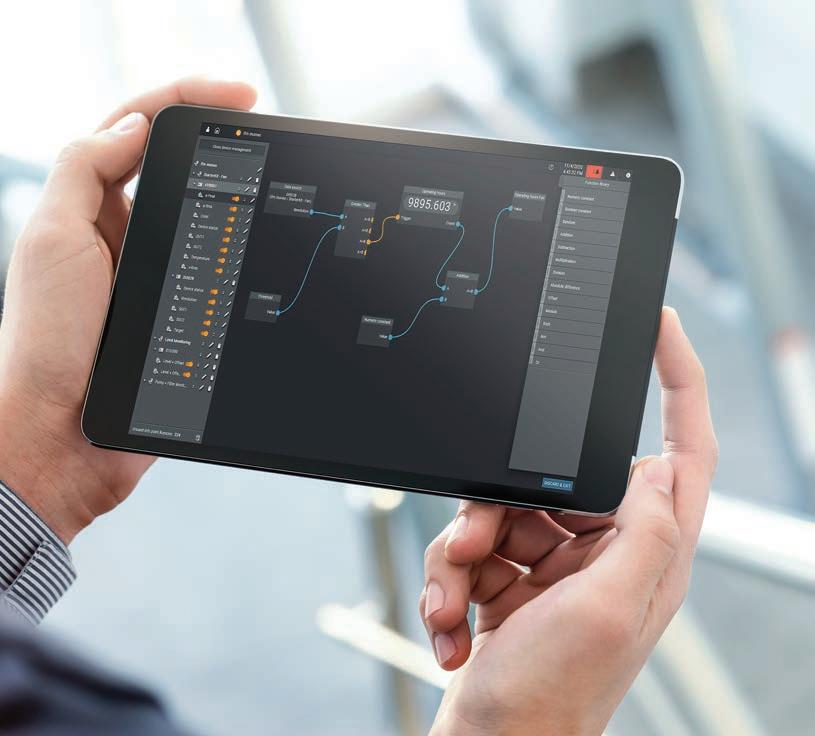
that make this possible, including digesters with no moving parts inside,” Beyrer said.
Flexible membranes are the future of Australia.
Europe has long been using flexible membranes to capture and store the biogas before using it to overcome the variations in biogas production and provide continuity in biogas supply.
The double membrane gas storage system is state-of-the-art in biogas storage. A system that is robust, durable, and able to store variable amounts of gas at a constant pressure. The outer weather protection foil keeps the wind and rain away from the integrated inner gas storage foil.
Depending on the application, these systems can be constructed on top of tanks or mounted on the ground.
Membrane gas storage systems provide a cost-effective and reliable alternative to the steel digester covers traditionally used in sewage treatment plants.


“Anaerobic lagoons typically use single membrane systems due to their size. Covering the lagoons with flexible membranes is essential to capture the gas,” said Beyrer. “Operating anaerobic systems
under flexible membranes means that operators capture the otherwise fugitive gases and allow them to reduce their energy demands or flare the gas to avoid releasing harmful methane to the atmosphere.”
Biogas can typically be used in several different ways. One of the most common and efficient uses of biogas is as a renewable fuel instead of fossil fuel in a boiler to create hot water or steam at the location where it is produced. It can create electricity where a biogas engine converts approximately 40 per cent of the energy into electricity and 40 per cent into hot water. The electricity can be supplied to the grid, and the hot water can be used for local demand.
New and upcoming opportunities exist to purify the biogas into Renewable Natural Gas by removing CO2 and other impurities. This purified gas can be injected into the existing natural gas grid, providing a renewable and carbon-neutral fuel for industries relying on gas as a fuel source whilst reducing their carbon emissions.
For more information, visit www.hydroflux.au
The ifm moneo platform goes beyond monitoring and detection, it gives you full visibility and control over your assets allowing you to perform maintenance at optimal times.

You don’t need a data scientist or analytics expert to know the condition of your machinery. A self-service tool that enables successful predictive maintenance programs through the help of AI methods.
Pump stations and submersible pumps face many challenges causing unplanned breakdowns. The moneo solution can detect the following issues:

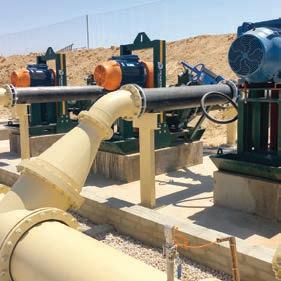
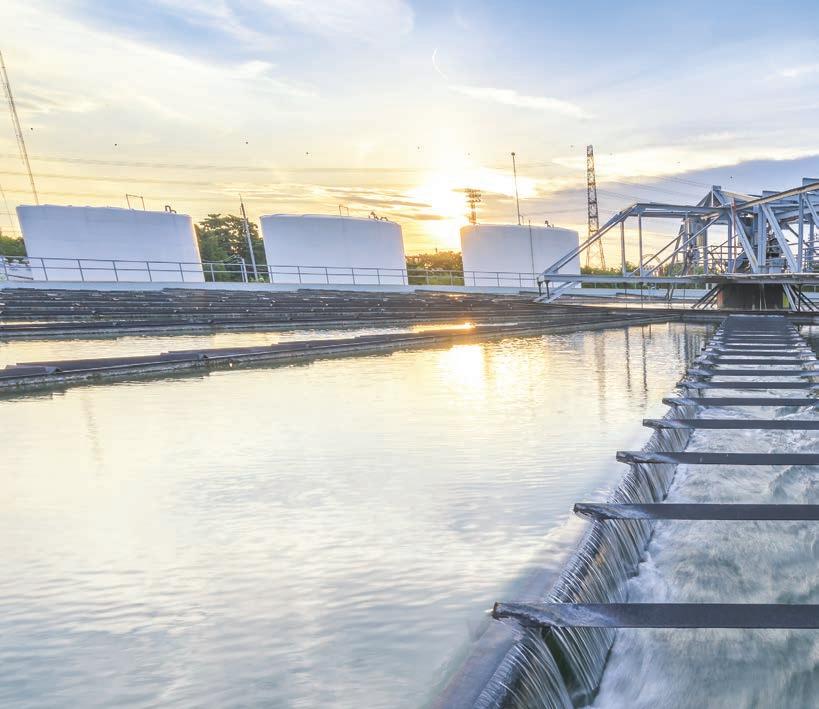

n Predictive monitoring of bearings, gears and electric motors
n Rotating pump parts
n Pumps rotor and valves
n Water pressure, temperature and flow rate at the pumps outlets
n Faulty or damaged bearings
n Faulty or damaged seals
n Wear issues and rub issues
n Unusually high signatures in grinders and macerators
n Imbalance n Cavitation n Looseness 1300 365 088
| www.ifm.com/au

KWIK-ZIP HAS ALREADY spent time at two conferences, the 84th Victorian Water Industry Operations Conference and Exhibition and Ozwater’23.
The WIOA exhibition took place at the Bendigo Exhibition Centre at the Prince of Wales Showgrounds in Bendigo at the end of March, with Ozwater’23 by the Australian Water Association being held at the International Convention and Exhibition Centre in Sydney in May. Later this year, they will be at No-Dig Down Under, the largest trenchless technology event in the southern hemisphere. No-Dig, or NDDU, will be held at the Brisbane Convention and Exhibition Centre in the middle of September.
As one of three annual successful operationally focused conferences and exhibitions organised by the Water Industry Operators Association of Australia (WIOA), the Bendigo conference is considered the largest of the three conferences.
The conference seeks to distribute the latest “operational” technical and research-based information through platform and poster presentations. It also provides an opportunity to update knowledge and skills and network development for operations staff by interacting with fellow water industry employees. Finally, it is also an excellent place to view and discuss the latest technical equipment and systems advances with suppliers and trade consultants.
kwik-ZIP General Manager, Paul Jeffreys, was positive about the Bendigo conference and exhibition.
“We really appreciate the time current and prospective customers took to drop by our booth to discuss our product range or just to say hello,” he said. “Exhibitions are a great opportunity for us to talk to a wide range of people and obtain feedback on our products, suggestions for improvements or to clarify any questions they may have.”
OzWater is Australia’s premier water exhibition and conference and the largest water conference and exhibition in the Southern Hemisphere. It is an annual three-day conference and exhibition featuring a strong line-up of international and national keynote speakers, scientific and technical papers, case studies, workshops, panel sessions, and poster presentations.
For Jason Linaker, Managing Director of kwik-ZIP, OzWater is a fantastic opportunity to connect with members of the broader water industry, including current and prospective customers. Held in Sydney for the first time in several years, the Exhibition was a fantastic success.

“Thanks to our loyal customers for taking the time to stop by our booth to say hello. We have exhibited at Ozwater every year that it has run since 2016, and we always appreciate the opportunity to be involved,” he said.
No-Dig Down Under is the Southern Hemisphere’s only large-scale conference and exhibition dedicated to trenchless technology. Organised
in partnership with the Australasian Society for Trenchless Technology (ASTT), No-Dig Down Under has grown over the years to become the second-largest no-dig technology event in the world. It is now considered a ‘must-attend’ for all industry professionals.
A range of training courses on trenchless methods will be presented before the conference. Industry leaders will deliver these from Australia and overseas and will be of value to anyone who encounters trenchless technologies as part of their employment.
Jeffreys noted that, “No-Dig Down Under is the first exhibition in our marketing calendar every year. It is such a fantastic and well-organised event patronised by the industry. We always look forward to this event, and NDDU23 in Brisbane is one not to be missed. We look forward to continuing to strengthen our business relationships with
As the 2023 conference and exhibition season ramps up, kwik-ZIP continues to promote itself to a broader audience, locking in at least three exhibition spots this year.
Used and recommended by pipeline and civil contractors worldwide, kwik-ZIP centraliser and spacer systems solve production casing centralisation challenges throughout the pipeline industry.

kwik-ZIP focuses on price effectiveness, simplicity, and rapid on-site assembly, to ensure that our systems deliver significant cost, time, and operational advantages to our customers.
kwik-ZIP’s spacers and centralisers have a segmented design, meaning they can be fit to a range of different
155), each series is also available with varying bow/runner heights, making these highly flexible products.
Kwik-ZIP spacers series HDX and
spacers.
For more information, contact sales@kwikzip.com or visit www.kwikzip.com.
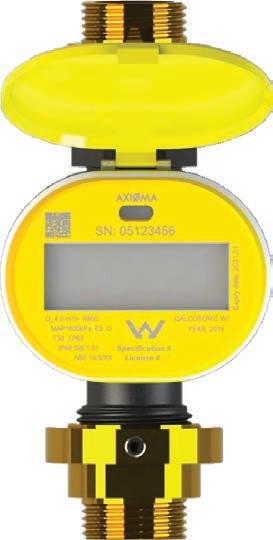
• Highly accurate ultrasonic technology with no moving parts for long-term measurement stability
• Fully integrated IoT communications using LoRaWAN or NB-IoT protocols
• NMI R49 and WaterMark approvals
• DN 20 (G1”) available now
• DN25 (G1 ¼”) to DN40 under development
• 16-year battery life www.amswatermetering.com
sales@amswatermetering.com
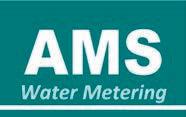
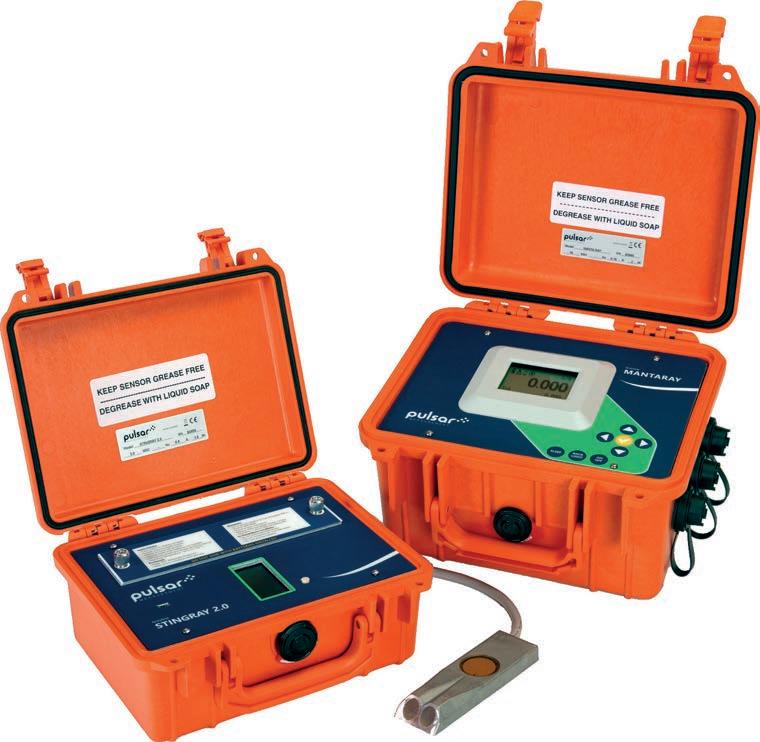
IN THE AGRICULTURAL and farming industries, knowing water consumption is essential. On many occasions, the water comes from nearby sources and is moved to many locations. Many local authorities will require permits to ensure compliance with abstraction from these sources, so having accurate and reliable flow measurements is crucial for businesses to provide this information.
With that in mind, Pulsar Measurement has a range of flow meters that allows operators to ensure they are using the right amount of water for their irrigation process. With the irrigation process, it’s crucial to have the proper flow to avoid endangering the plants. An accurate measurement also helps keep the process efficient and maintains the natural local water source.
The Area Velocity Flow Measurement method is the most common method of all flow measurements. The AVFM
6.1 Area Velocity Flow Meter uses a submersible ultrasonic sensor that measures the level and velocity of flowing liquid to calculate flow measurement in an open channel or pipe. The sensors are mounted at the bottom of a canal and are built to resist fouling, corrosion, and abrasion. The unit can be configured with the standard submerged velocity-level sensor or submerged velocity in combination with a separate noncontacting ultrasonic level sensor. The combination suits highly aerated fluids or liquids with high suspended solids concentrations.
The AVFM 6.1 can measure forward flow velocity up to 6 m/s and reverse flow up to 1.5 m/s. The electronics and software sample and average flow rates continuously provide stable readings. The submerged velocity/level sensor will measure flow in partially full and surcharged pipes with pressure up to 10 psi. Configuration is simple for the device. Enter the pipe diameter or channel dimensions, and AVFM 6.1
The MantaRay is a portable area velocity meter that measures flow using a submersible ultrasonic sensor. The unit is designed for flow surveys in open channels, partially full sewers, and surcharged pipes. That makes the portable, openchannel flow meter suitable for sewer monitoring, industrial flow monitoring, irrigation flow, and natural streams.
It measures level and velocity to calculate open channel or pipe flow. It is simple to calibrate the MantaRay by keying in the pipe diameter or
channel dimensions. The device automatically computes and displays the flow rate and total on its backlit liquid crystal display (LCD).
The ultrasonic sensor mounts inside the pipe or on the bottom of a channel. No unique compounds, tools, or hardware are required. The sensor is sealed with no orifices or ports, making it resistant to build-up and fouling.
The Stingray 2.0 is a Portable LevelVelocity Logger with free logger software for calculating flow as an open channel meter. The design is compact, portable, and batterypowered, making it a suitable instrument for open-channel flow measurement. Using four standard Alkaline D-cell batteries to operate as a battery-powered data logger, the unit is a complete area velocity logger with an ultrasonic sensor that data logs level, velocity, and water temperature for flow monitoring through open channels, partially full sewer pipes and surcharged pipes.
The sensor is installed in the bottom of a pipe or channel and requires no calibration. Use the included logger software to set the logging interval and get real-time flow readings on a laptop or PC. The built-in LCD lets users check level and velocity rates, remaining battery life, and logger memory.
The Stingray 2.0 display can scroll through the level, velocity, and temperature readings. To help with
The MantaRay is designed for flow surveys in open channels.
The range of products from Pulsar Measurement provides plenty of management opportunities.
battery life, the display will turn off automatically after 60 seconds to preserve the battery.
It is suitable for many openchannel flow monitoring applications like flow surveys and studies, I&I (Inflow and Infiltration) studies, CSO monitoring, stormwater runoff, irrigation water, and permit compliance.

The submersible ultrasonic sensor continuously monitors the channel’s level and velocity with no calibration required. The Stingray 2.0 stores 130,000 data points, and users can download the data via USB. Users can view real-time level and velocity readings, the remaining logger and battery capacity, and set the logging interval.
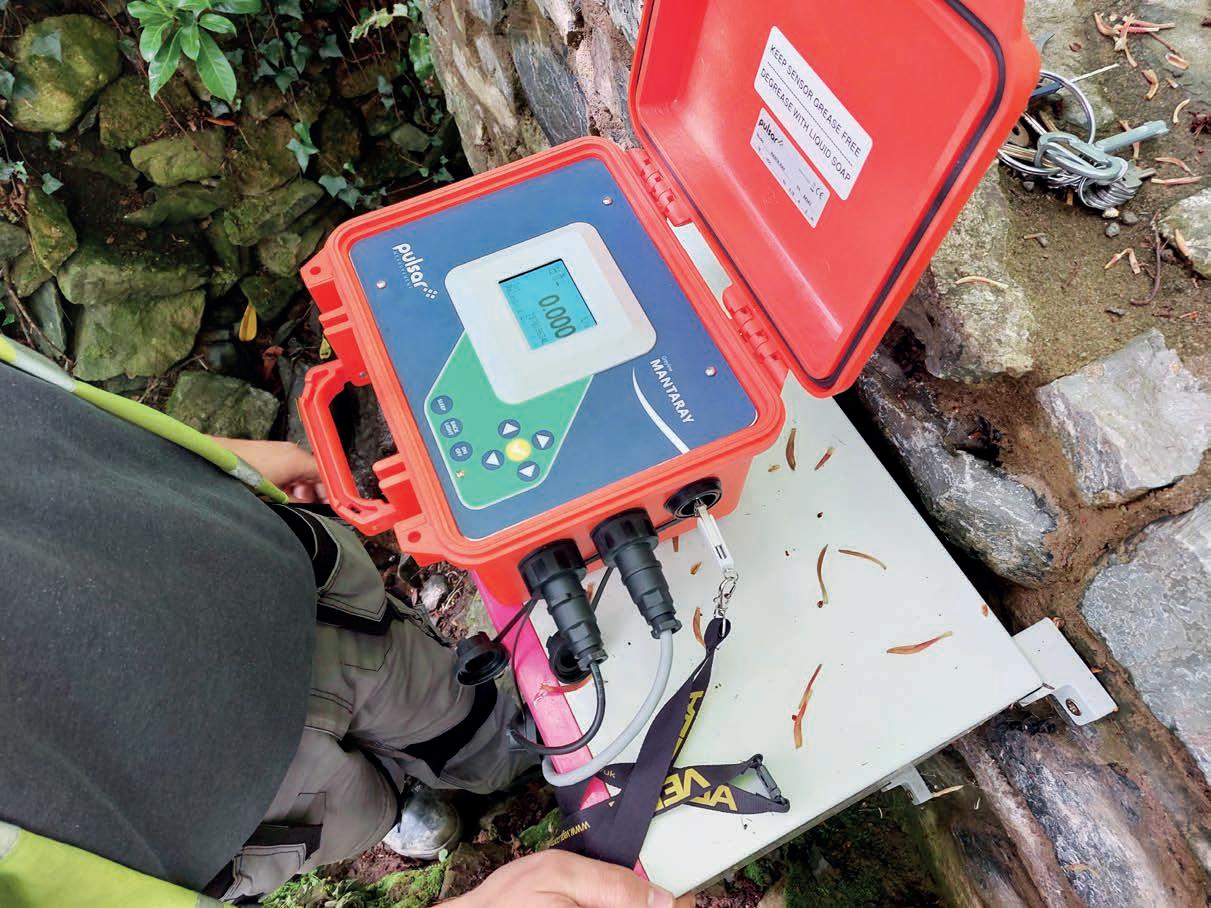
This compact, portable batterypowered data logger is designed for flow measurement in applications without a flume or weir, especially stormwater, combined effluent, raw sewage, irrigation water, raw sewage, and streamflow.
For more information, visit pulsarmeasurement.com
Powell Industrial is a leading Australian-owned supplier of integrated industrial and hydraulic hose and fittings packages. Its branches nationwide support its customer base with an extensive distribution and supply network.
POWELL IS A leading supplier of industrial hoses, fittings, and associated products in Australia. With a nationwide presence, the company has provided high-quality solutions to diverse industries for over 40 years.
Its product range includes a wide variety of hydraulic hoses, fittings, adaptors, and accessories. Powell can also manufacture custommade hose assemblies to suit any application. Its industrial range of goods includes both rubber and PVC hose. They also have a full range of couplings and clamps to do any job, both big and small.
In addition to its extensive product range, Powell has a team of experienced technical sales representatives who can provide advice and support on product selection, installation, and maintenance. They also offer on-site hose assembly and testing services. Powell provides training and certification programs for hose assembly manufacturing. With a commitment to delivering exceptional customer service, technical expertise, and quality products, Powell has built a strong reputation as a trusted supplier in the Australian industrial market.
projects.
Powell has yet to rest on its laurels in providing high-quality products for many industries nationwide. There are hoses made of different materials, which means that every industry can find a hose that’s right for their application.
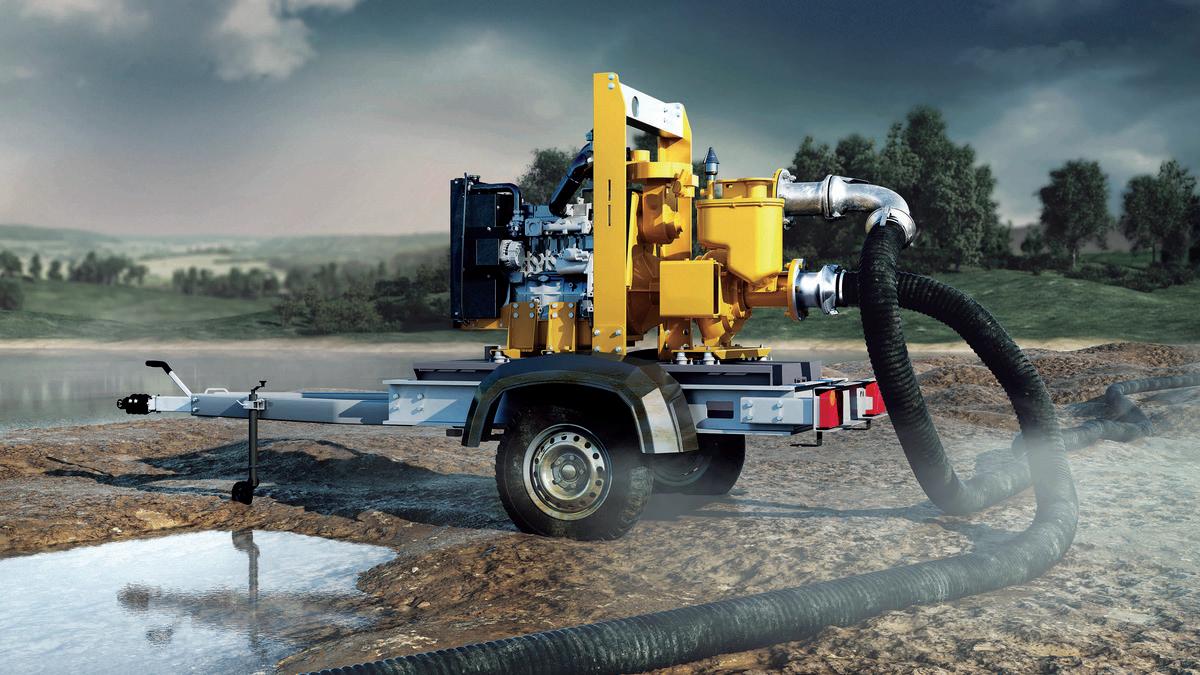
A perfect example of that is PVC and polyurethane hoses. It’s common to see these hoses used to move air, water, and chemicals within the water and wastewater treatment industry, among many other sectors.
Powell provides Optima PVC Industrial Hoses. Optima hose has been used in the industry for many years and has been the product of choice in the dewatering and wastewater markets. However, did you know that Powell also supplies Optima layflat hose, which has gained significant market share over the past five years?
“We have seen a real shift towards
assemblies for those urgent jobs that creep up occasionally,” said Matt Pembroke, Powell’s National Sales Manager – Industrial.
Dewatering important for Powell
Powell is a significant player in the dewatering industry by offering a range of high-quality hoses, fittings, and associated products. Dewatering removes water from solid material or soil by filtration, centrifugation, or other means. Its hoses, fittings and other products are specifically designed for dewatering applications.
The layflat hoses provided by Powell are designed for dewatering applications and made of various substances. By offering assemblies with male and female Bauer couplings, the hoses are easy to use and can be used on almost any site. It also has a crimped solution for layflat hose assemblies, a new and innovative approach. Users can now do away with bandit strapping. Powell’s crimping solution provides a much better fitment method and almost completely eradicated assembly failures on layflat hoses.
“The crimped solution offered by Powell has been market leading and a great initiative to the troublesome bandit strapped hose assemblies,” said Pembroke. “We offer these layflat hoses pre-crimped in 20-metre lengths as an off-the-shelf solution to the dewatering industry.”
delivery hoses designed for standard dewatering activities. They are highly flexible compared to traditional water suction hoses, feature soft ‘cuffed’ ends so the couplings can be easily attached, and feature easy-to-handle lengths.
“The cuffed ends on the Exitflex suction hose allow for much greater compression and a better fitment method compared to standard water suction hose. We offer these as premade 3 and 6-metre assemblies off the shelf to ensure the contractor can quickly get to the site and install them at a moment’s notice,” said Pembroke.
It’s not just the hoses that are important for dewatering. The water and wastewater industry needs the right couplings and clamps. Having the right quick-release couplings and hose clamps ensures the best outcomes for the end user.
are perfect for dewatering.
three manual movements providing a leakproof connection in suction and pressure applications of up to 20 BARS. Similarly, the spherical construction of the ball and socket joint ensures that the seal is equally efficient, even with an angular deviation of up to 30 degrees.
Exitflex
suction hoses are flexible, and pair with quick-release couplings and hose clamps.


“Bauer couplings have been around for many years and are an industry standard coupling across most sites,” said Pembroke. “There are also several different adaptors available. They include 45 and 90-degree elbows, Y pieces, T pieces, reducers, and enlargers. The variety of adaptors makes sure you can keep the job going.”
To find out more information, visit www.powellindustrial.com.au


Water treatment plants across Australia have been exposed to more extreme weather events in the last few years. Access to sophisticated compressed air solutions supports water treatment plants and their environmental safeguards.
AUSTRALIA CONTINUES TO be one of the world’s most advanced countries for delivering water treatment solutions to its citizens. Its geography is behind many of the advancements made in this area of critical infrastructure, as it exposes the country to extreme meteorological conditions. These events have been more visible than in the past few years, with severe bushfires and intense flooding that lasted months. Australia’s population density and growing urban sprawl compound the impact of adverse weather conditions, placing pressure on infrastructure, particularly the clean water supply.
Primary water treatment plants are complex operations with high-level environmental and safety oversight. Their importance to our living standards is critical. Ensuring they are functioning at their optimum, 24 hours a day, 7 days a week, requires all the moving parts to meet stringent standards for quality and reliability.
Compressed air is a significant piece of the infrastructure. Consistent and reliable air pressure to pumping stations and clean air to the treatment process is crucial to successful and dependable operations. These operations demand powerful, reliable, and system-integrated air compressors designed and manufactured to the highest level of operational integrity.
Who is Pilot Air?
Pilot Air works closely with several state water boards to design and manufacture custom fit-for-purpose compressed air solutions. It works collaboratively with facilities and delivers bespoke, purpose-built solutions that meet the individual specifications of each treatment plant.
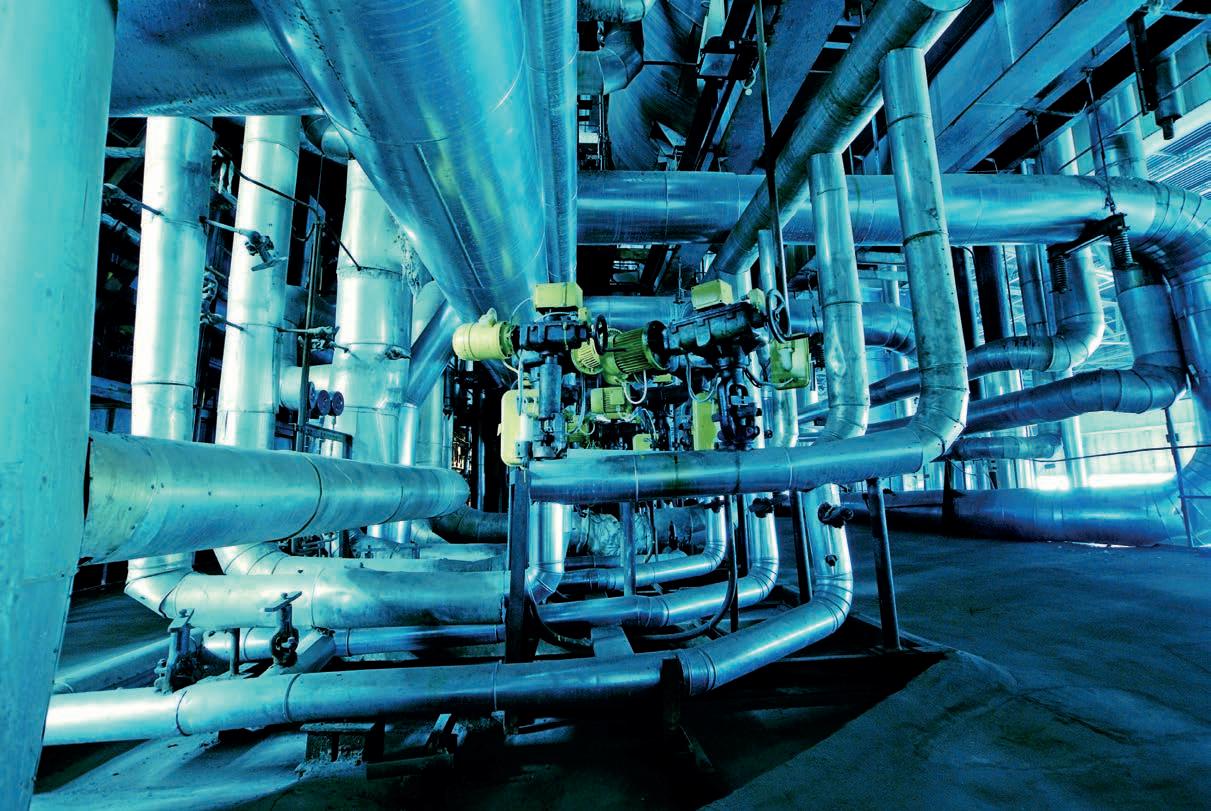
Pilot Air’s Chief Executive, Martin Wyllie, is proud of his team’s work.
“At Pilot Air, we work closely with the relevant engineers to ensure we fully understand both the project’s technical requirements and the site’s environmental constraints,” he said. “The ability to custom build a
Pilot Air technology is designed for accuracy and safety.
solution from the ground up means we can fulfil the unique requirements of the water treatment industry that often cannot be met with standard ‘out of the box’ products.”
What makes Pilot Air different?
Pilot Air’s success in this space is its multidisciplinary approach. The business employs advanced software diagnostics to extract critical data that informs performance levels, user demands and power and energy challenges. The technical team works hand-in-hand with the design and manufacturing teams to ensure material selection for the housings meets demand specifications, internal components and instrumentation is customised accurately, and safety and environmental oversight stipulations are in place. The solution is wholly manufactured in Australia at Pilot Air’s east coast facility, with quality control management at every touchpoint. Once complete, the solution is tested, installed, and commissioned by our technical team, with ongoing maintenance and service scheduling built in.
Pilot Air’s experience, expertise and professionalism are invaluable to those tasked with public works and complex, large-scale responsibilities that influence public amenities and social demands.
For more information, visit www.pilotair.com.au


In 2021, Australia’s urbanisation rate reached 86.36 per cent. This population spread impacts the way that rural organisations, including rural water authorities, use technology to transform themselves to optimise their operations.
“WE’RE NOT DIGITISING the processes of the organisation. We’re transforming the organisation holistically, and technology is the enabler for new ways of doing business and delivering new value to our communities,” said Tony Wulff, General Manager – Technology & Transformation at Goulburn Valley Water.
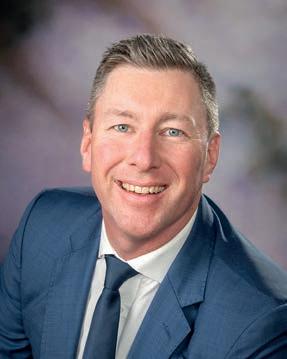
Goulburn Valley Water is a significant player in the Victorian water sector, with about 30 per cent of its customer revenue representing Australia’s biggest food and beverage companies. Delivering value to its customers and communities while
trying to transform the organisation is an enormous challenge to Wulff.
“It’s imperative to understand that it’s an organisational transformation enabled by digitisation,” he said. “It’s something that I think the sector is probably behind compared to other industries. In my first board meeting, I said digital optimisation isn’t enough. We need to transform the business and how it operates.”
Goulburn Valley Water is planning to invest approximately $90 million on technology over 10 years. Such an investment shows how seriously the utility takes technology in delivering its holistic organisational strategy.
Solar panels are a key part of the digitisation and renewable energy journey.

Customer touchpoints critical to organisational transformation
Water authorities are among the few businesses worldwide that deal with essential services for customers and communities. Technology investment must put its customers and communities at the forefront of its operations. When he first looked at it, Wulff did not realise it needed to be a whole-of-organisation challenge.
“When I started, the scale of the transformation wasn’t clear. I did start with a digital strategy, but the plan was originally for a step change in the processes. I started mapping out the customer touch points, service delivery outcomes, of a water utility for a customer. I then worked back towards the organisation to assess the technological enablement of each outcome and the maturity of the journey,” he said.
In examining the technology, Wulff found that almost every water utility has just four touch points with customers. The first touch point was technological, usually the website or social media. The second is a customer service function, traditionally a phone call, in-store, or via person-to-person conversation. The third is financial,
as it tends to be a customer’s billing experience and the utility’s meters in the field. The final touch point is also people-based, but it’s the operators in the field fixing and maintaining assets and explaining their work to customers.
“As I worked back into the business to determine the maturity of our technology, I found that there was an enormous amount of work to do,” said Wulff. “The example that stands out is our customer service team. Whenever they received a call, they needed anywhere from seven to 11 applications open. Some staff had found glitches and bugs
between applications, so they would take hand-written notes to reduce customer call time and add them back after the fact. It still led to very long call times.”
As previously noted, Goulburn
Goulburn Valley Water also looks after an array of other infrastructure throughout the region.
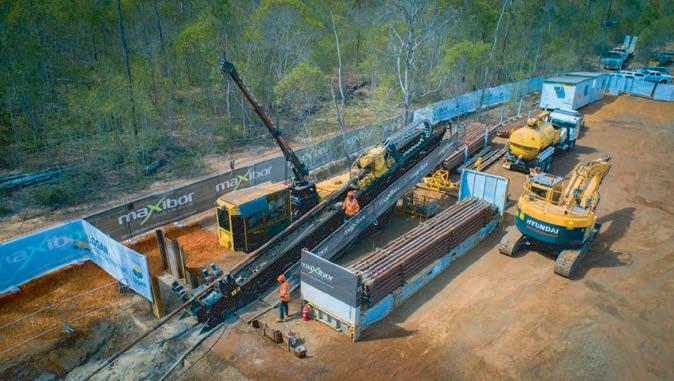
Valley Water will invest $90 million over 10 years across 23 projects. These projects will enable the authority’s organisational transformation strategy across almost every aspect of the business.

As organisations increase their uptake of digital technologies, one thing that needs to be remembered is the digital literacy of the staff. Wulff noted that due to a number of factors, digital literacy levels within the organisation were low. He further stressed the importance of uplifting digital literacy, as it was one of the biggest challenges facing the organisation.
“The digital enablement strategy is an element of our transformation work, which is improving the digital literacy of our organisation. We intentionally invested in technologies to help people self-learn the new technology. That meant online, stepby-step guides, and a variety of other options,” he said.
Wulff explained that Goulburn Valley Water had to rethink how they assess the success of their investment and execution of their strategy if the staff could not effectively use the technology.

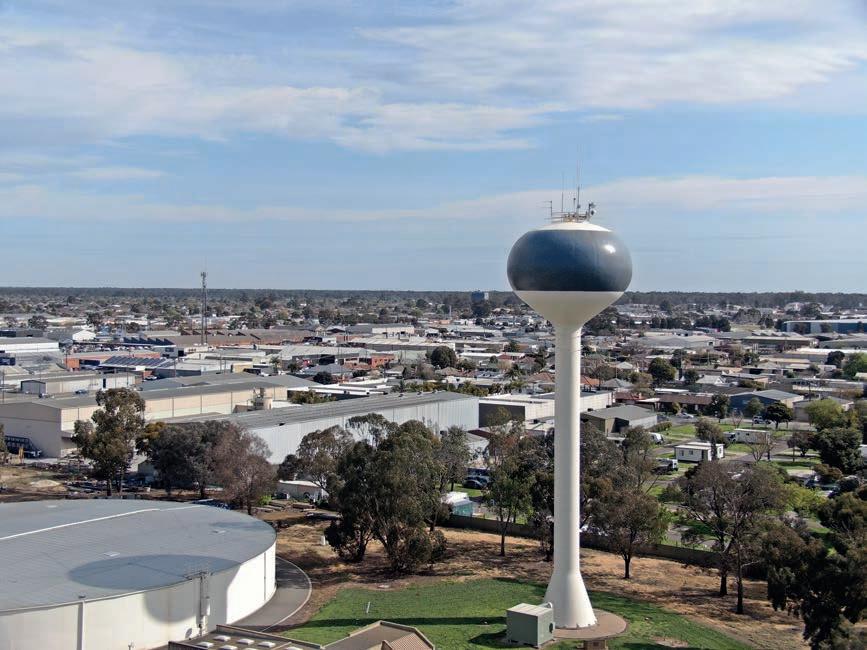
“Our one measure of success is adoption,” Wulff said. “By measuring the adoption of new technology over periods, we can tell how successful it is. If the adoption rate is high and we can see the technology has been embedded in the organisation relatively seamlessly, then the adoption of the technology has been spot on. If it has been forced and we do not see the technology adopted,
we have done something wrong.” He pointed out that the people aspect of an organisational transformation is the most important. People must be on board with the journey to ensure the benefits of the investment are realised. It’s why the culture within the teams is also an important part of the organisational culture.

One thing that Wulff has worked on is developing partnerships and collaborations that support Goulburn Valley Water. He has understood and worked to deal with the challenges associated with a regional water utility. Goulburn Valley Water has partnerships with La Trobe University and Melbourne University to service different aspects of its business.
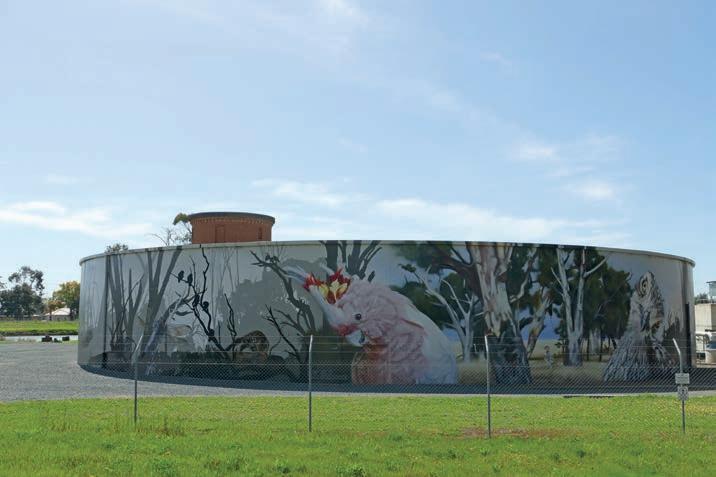
regional utilities are capability, attraction, retention, and leverage,” he said. “We need to find people that have knowledge in fields that we
normally wouldn’t find on the street. Those are areas like data science, engineering, carbon and climate specialists, and similar roles. We don’t tend to find them walking around in Shepparton. If we’re leading the community in that thinking, we need to bring that intelligence to the region, so partnering with universities is an excellent way to achieve this.” While regional water utilities are smaller than their urban counterparts, they are far more distributed, almost as a series of individual water ecosystems. Wulff believes this provides enormous opportunities for collaborative innovation and testing new technologies or ideas.
“We can easily innovate and test something in a small town of 500 people. By providing an alternative water supply for a day (via water carters), we can test and learn as much as possible in that time. It allows regional water utilities to de-risk new ideas, experiment with technology, confirm the quality of innovation, and adjust for trial and error by leveraging their small scale. That’s where partnerships can work well. It’s when regional utilities, major utilities and global players all
Sept 2023
Melbourne’s leading construction and



Inside Construction Expo will deliver insideconstructionexpo.com.au

Targeted messaging in over 19 industry-leading publications that reach more than 80,000 decision makers across multiple sectors
Digital communications to 28,000+ engaged readers
Premium networking opportunity with industry leaders at the Foundation Awards gala dinner
Jeff Pace, the Australasian Society for Trenchless Technology (ASTT) secretary, believes the future is bright. He provides insight into the current and future state of the industry.

AUSTRALIA HAS ABOUT 130,000 km of water mains and 80,000 km of sewer mains. Much of this infrastructure has exceeded, or is rapidly approaching, its endof-life design life. There are also thousands of kilometres of conduits for fuel, chemicals, electricity, and telecommunications. While they are not necessarily at critical stages of their design lives, these conduits still require installation, replacement, and expansion. This will continue to occur in the future.
Infrastructure owners and operators have become increasingly aware of the favourable economics of renovation and rehabilitation techniques for pipeline infrastructure. In Australasia, a history of methods utilising trenchless technologies has developed over the past 30 years. Conventional pipe-cracking, pipe-bursting, and horizontal boring techniques for new infrastructure installations have a history of success in Australasia.
Pipeline infrastructure owners and operators have an economic investment in underground pipelines, each with a vested responsibility and interest in constructing and installing new infrastructure at minimum cost.
The Society constantly demands improved infrastructure systems. At the same time, an ever-increasing value is placed on the existing environment. As infrastructure networks expand to meet this demand, competition for space and work develops. This increases the difficulty, complexity, and cost of infrastructure installation projects.
Industry providers must provide technically appropriate solutions to meet demand. This needs to be done while minimising environmental impacts, social disruption, and disturbances. At the same time, providers need to maintain an economically feasible framework appropriate to the current economic climate.
In general terms, practical solutions to complex problems must be provided with minimal disturbance, impact and cost, maximum public and political acceptance, and “value for money”.
In Australasia, considerable work is being undertaken to provide new installations and pipe renovation work on ageing assets. HDD, microtunnelling, pipe bursting, cured in place and spiral winding are the most common trenchless construction methods adopted in these areas.
holds
The future is bright as we all realise trenchless techniques’ social and environmental benefits. Minimising disruption to the everyday activities of the public is becoming more of an issue that client organisations recognise as important. Several trenchless techniques can provide solutions in these situations.
The Environmental and Occupational Health and Safety regulations will be taking the forefront of most works associated with the construction industry, of which trenchless techniques tick most of these boxes.
The ASTT will also have
more members from the telecommunications, power, oil, and gas sectors than the traditional water and wastewater sectors. The gas industry throughout Australasia has embraced HDD technology on several gas pipeline projects for waterway crossings and crossings of difficult terrain.
The telecommunications industry has invested large sums of money in long-distance communications networks involving optical fibre and NBN (National Broadband Network) cable installations. Telstra, Optus, and other industry providers have seen, tested, and proven mini-HDD and HDD as technologies with time and cost savings benefits. These trenchless technologies have featured social and environmental benefits.
Energy Australia reported that they had undertaken many underroad crossings for small-diameter conduits by guided boring techniques each year. Energy Australia also said that at the current time, it was encouraging contractors engaged in conduit installations to utilise other trenchless methods such as mini-HDD.
Other industries, such as extractive resources, have installed new pipeline pipelines by HDD for mine slurry pipelines and fuel lines beneath
major airport taxiways. If these actions are representative of the industry in general, then an increase in the use of trenchless technologies in this industry is expected.
As the community places an increasing demand on infrastructure systems and regulators exert more influence to improve and rationalise infrastructure systems to meet environmental and regulatory requirements, the need to provide new infrastructure and upgrade existing systems will continue to increase. With trenchless technologies providing effective and beneficial solutions to these demands and controls, an increasing trend in their development and usage should prevail.
No Dig Down Under, the ASTT’s 2023 National Conference and Exhibition, will be held from 12 to 15 September at the Brisbane Convention and Exhibition Centre. This event is the biggest in the Southern Hemisphere, which will

allow delegates to attend a choice of three trenchless training courses immediately before the start, as well as attend a selection of technical papers on offer. Exhibition slots are now completely sold out, a testament to our members and the industry. The exhibition is also an opportunity to see the latest innovations the trenchless sector offers.
The biggest challenge facing the ASTT is ensuring that all our members get value for money. Even though our fees are modest, membership value is paramount to ensure we maintain the membership numbers. This focus is constantly being looked at. For example, we have just redeveloped our website to include a members-only area. It provides exclusive access to member benefits, including guidelines, standards and specifications, and past conference papers.
We recently signed a Memorandum of Understanding (MOU) with the Water Services Association
of Australia (WSAA). This MOU establishes a platform for sharing information between WSAA and the ASTT concerning trenchless technologies and products to enhance the outcomes for both industries.
Work is underway with the water utility providers in Australia and New Zealand to produce a “State of the Industry Review.” It provides an opportunity to get a handle on the historical and current market.
As Pace retired from his role as the ASTT Secretary effective from 27 April 2023, he wanted to take this opportunity to thank all those members past and present for supporting him and the ASTT over the 32-year period he was at the helm. Over this lengthy period, Pace met some fabulous people and will miss the opportunity to chat with them in the future. The new secretary is Trevor Gosatti, who will certainly do an outstanding job.
For more information, visit www.astt.com.au and www.nodigdownunder.com
Humans cannot feel wet. Almost every person in the world has felt wet at some point, even if they’ve experienced just the smallest amount of water on their skin. However, humans cannot technically feel wet.
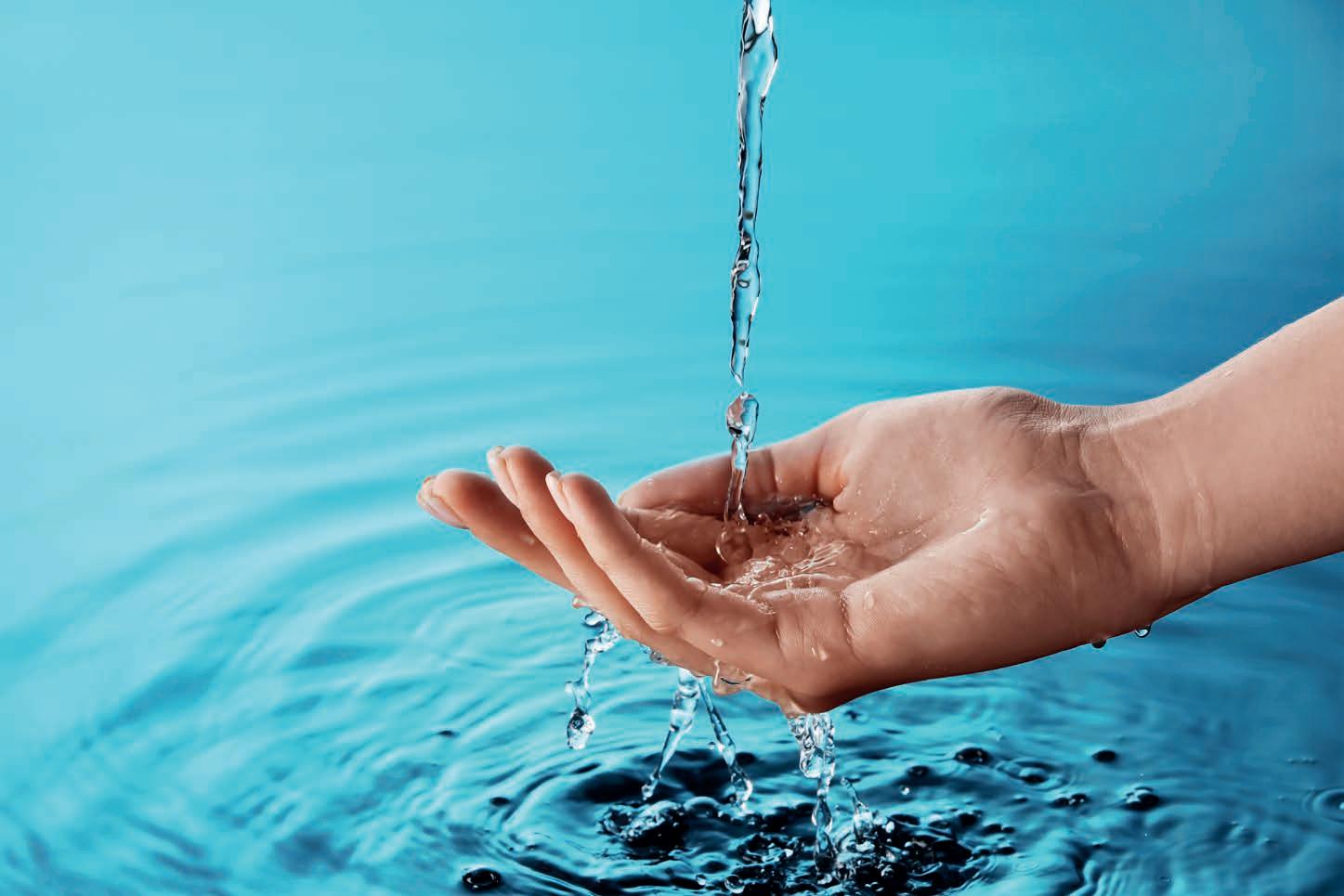
What humans are experiencing is a change in temperature, texture, and pressure that the brain has learned is wet. This is because humans do not have any wetness receptors, traditionally known as hygroreceptors. Other animals, such as spiders and insects, do have them.
Dr Davide Filingeri, Associate Professor in Skin Health in the School of Health Sciences at the University of Southampton, has dedicated his career to understanding how our brain tells us something is wet. This is because we don’t have a receptor for wetness in our skin as we do for feelings like temperature and pain.
“If you are sitting on a metal chair with bare skin, you might jump up feeling wet when it’s just the cold of the metal that cools the skin very quickly. Or, if you wear a latex glove and put your hand into the water and take it out again, you will probably feel wet on your hand even though there is no moisture in contact with your skin,” said Filingeri.
Viewed under a microscope, our tongues are an alien landscape studded by bumpy buds that sense five basic tastes: salty, sour, sweet, bitter, and umami. But mammalian taste buds may have an additional sixth sense for water, following a new study. The finding could help explain how animals can tell water from other fluids. It adds new fodder to a centuries-old debate: Does water have a taste, or is it a mere vehicle for other flavours?
Philosophers have long claimed that water has no flavour. Aristotle referred to it as tasteless around 330 B.C.E. But insects and amphibians have water-sensing nerve cells, and there is growing evidence of similar cells in mammals, said Patricia Di Lorenzo, a State University of New York in Binghamton behavioural neuroscientist. Recent brain scan studies also suggest that a region of the human cortex responds specifically to water, she said. Critics argue that any perceived flavour is just the after-effect of whatever we tasted earlier.
Almost nothing is known about the molecular and cellular mechanism by which water is detected in the mouth and throat and the neural pathway by which that
signal is transmitted to the brain, said Zachary Knight, a University of California, San Francisco neuroscientist. Knight and other researchers have previously found distinct populations of neurons within the hypothalamus that trigger thirst. But the brain must receive information about water from the mouth and tongue.
To settle the debate, Yuki Oka, a CalTech neuroscientist, searched for water-sensing taste receptor cells (TRCs) in the mouse tongue. They used genetic knockout mice to look for the cells, silencing different types of TRCs, and then flushing the rodents’ mouths with water to see which cells responded. The most surprising part of the project was that the acid-sensing, sour TRCs fired vigorously when exposed to water, Oka said. Rodents lacking sour TRCs took longer to choose water, suggesting the cells help distinguish water from other fluids. More research is needed to precisely determine how the acidsensing taste buds respond to water and what the mice experience when they do, Oka says. But he suspects that when water washes out saliva—a salty, acidic mucus—it changes the pH within the cells, making them more likely to fire.
To finish each issue, we aim to examine the lighter side of water and water-related issues. If you’ve seen an amusing story, let us know so we can consider it for the next issue.
Humans cannot feel wet - we feel changes in temperature, texture and pressure.






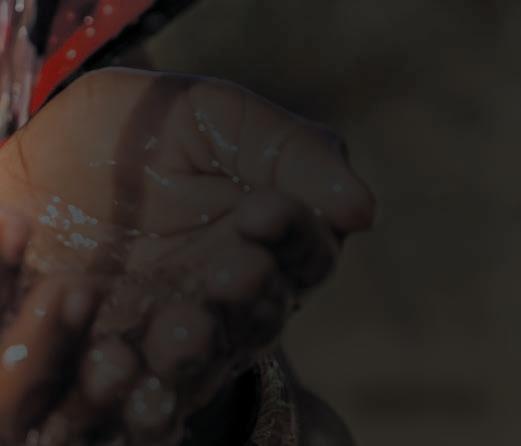




We are a global team unified in a common purpose: creating advanced technology solutions to the world’s water challenges. Developing new technologies that will improve the way water is used, conserved, and re-used in the future is central to our work. Our products and services move, treat, analyse, monitor, and return water to the environment, in public utility, industrial, residential, and commercial building services settings. We also provide a leading portfolio of smart metering, network technologies, and advanced analytics solutions.
